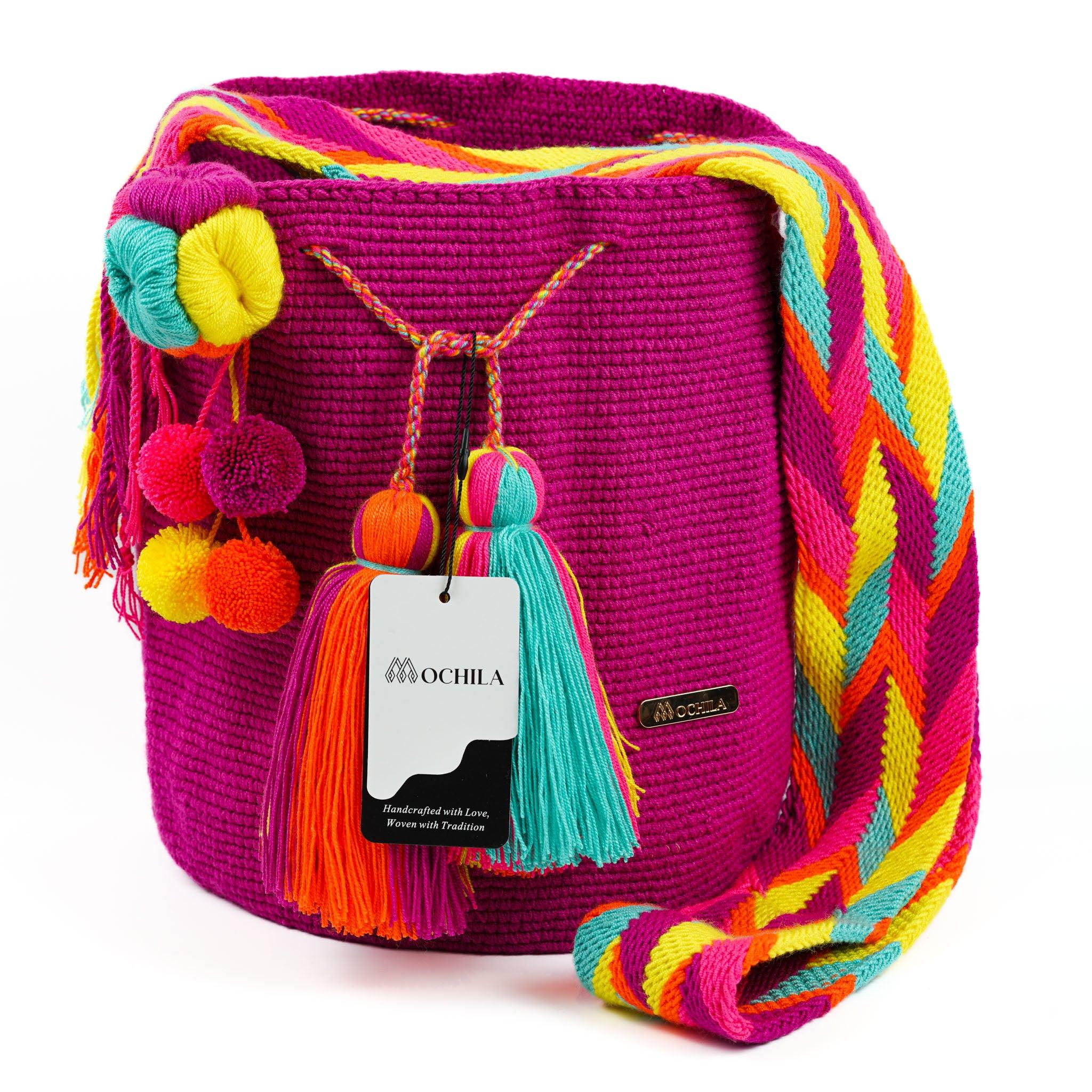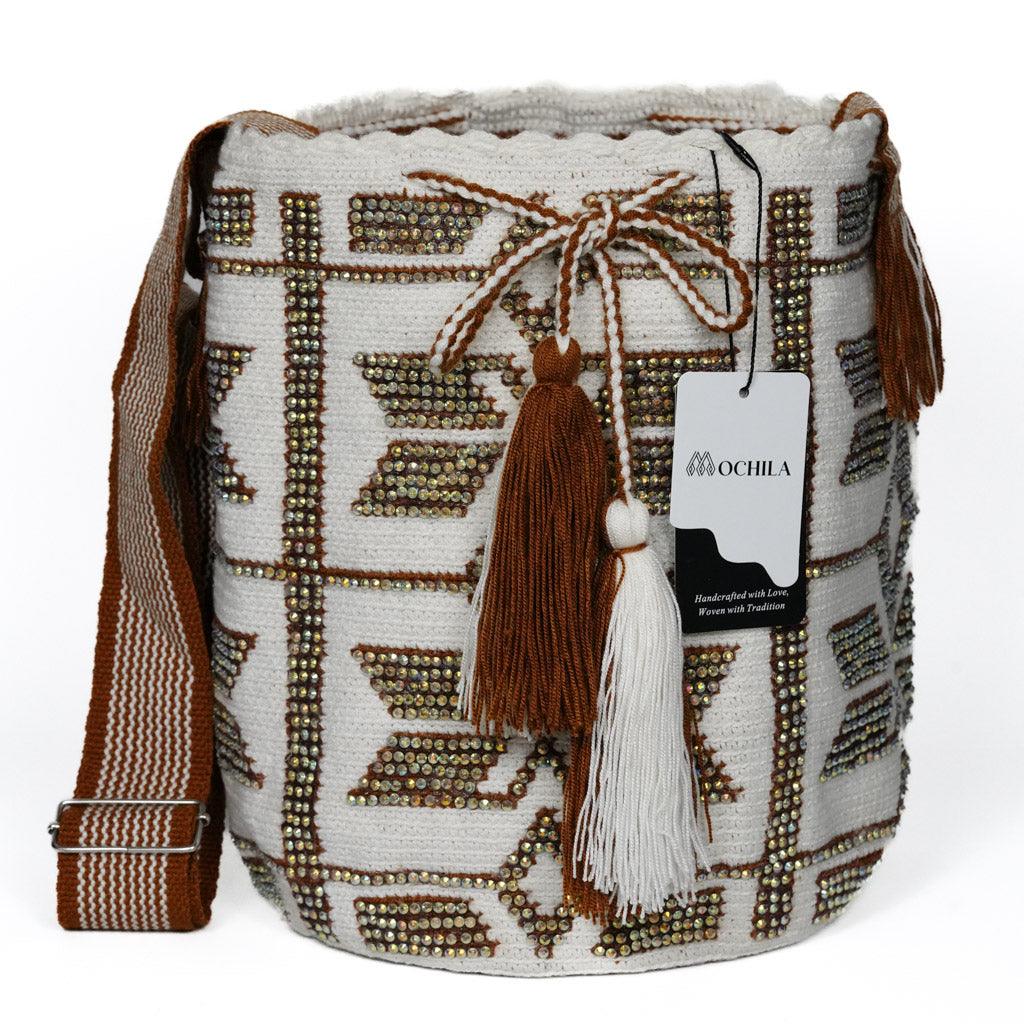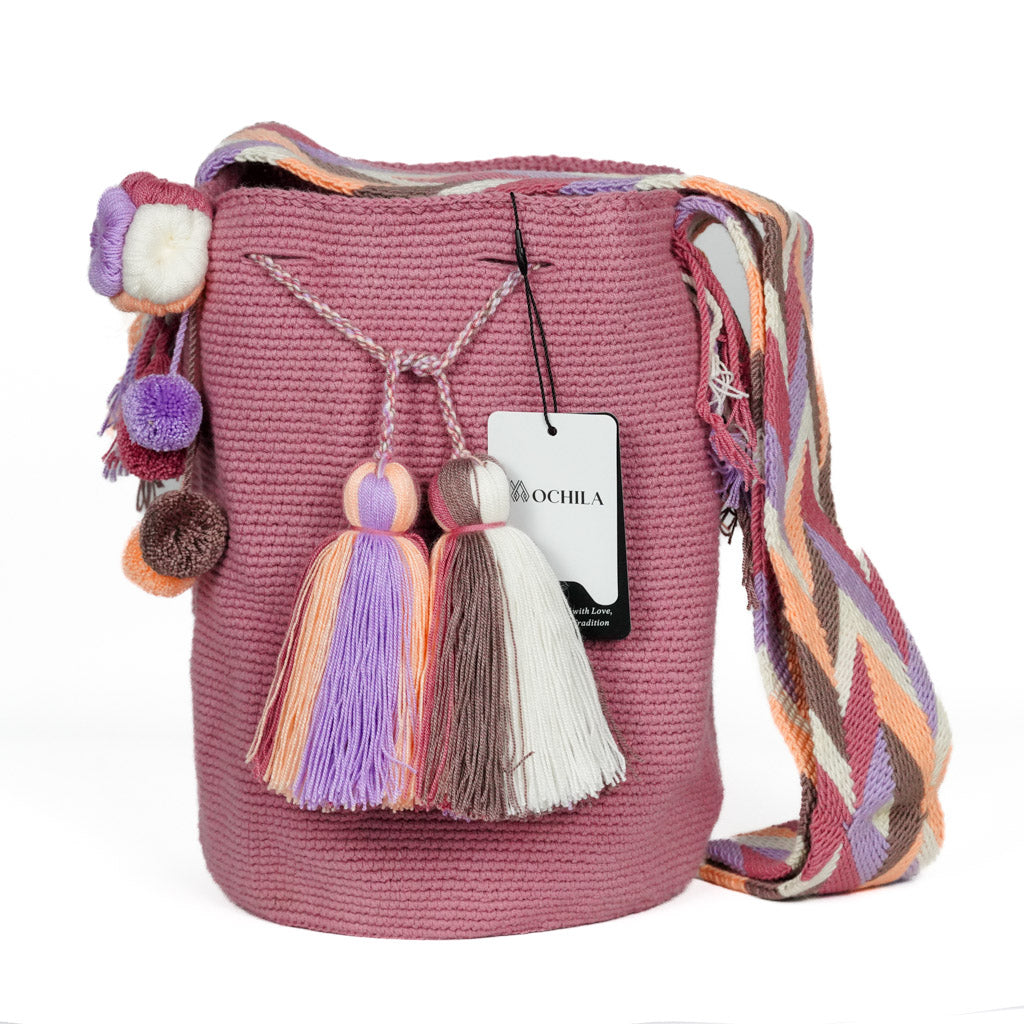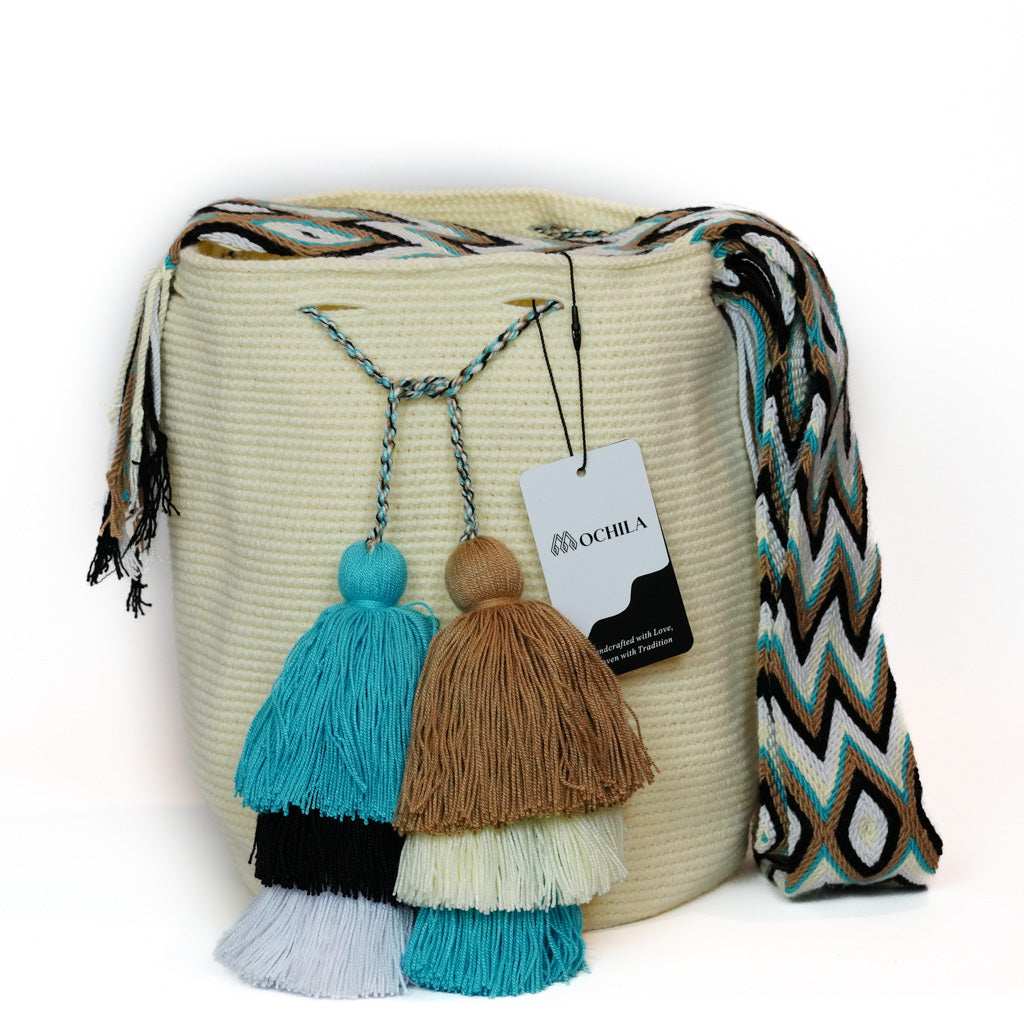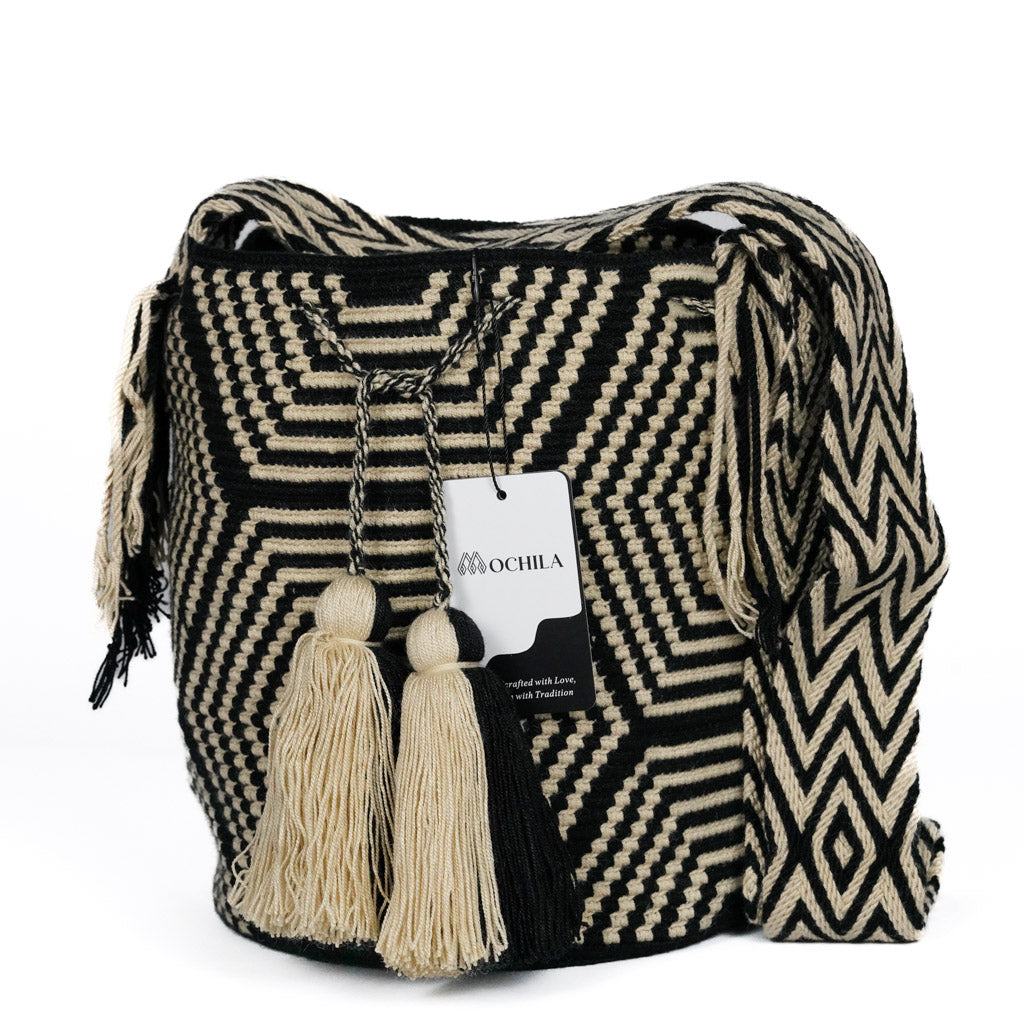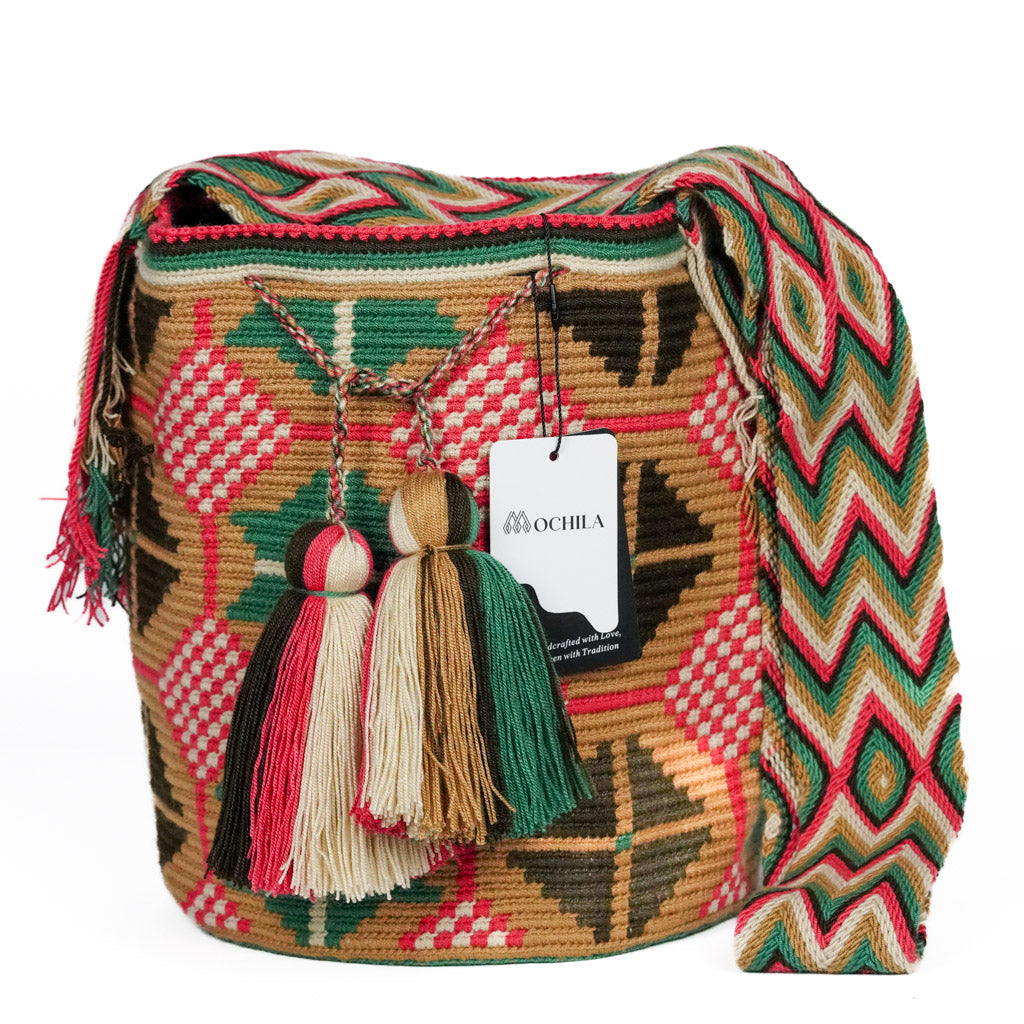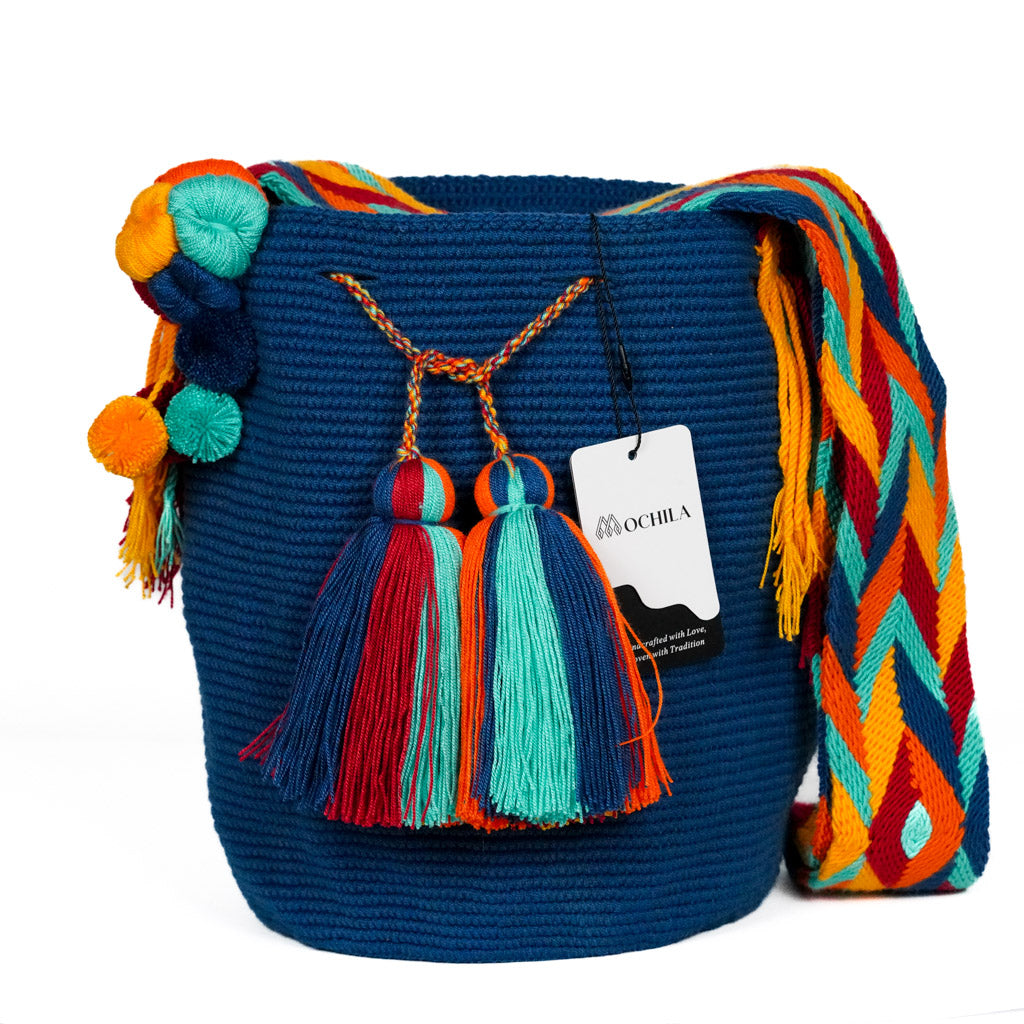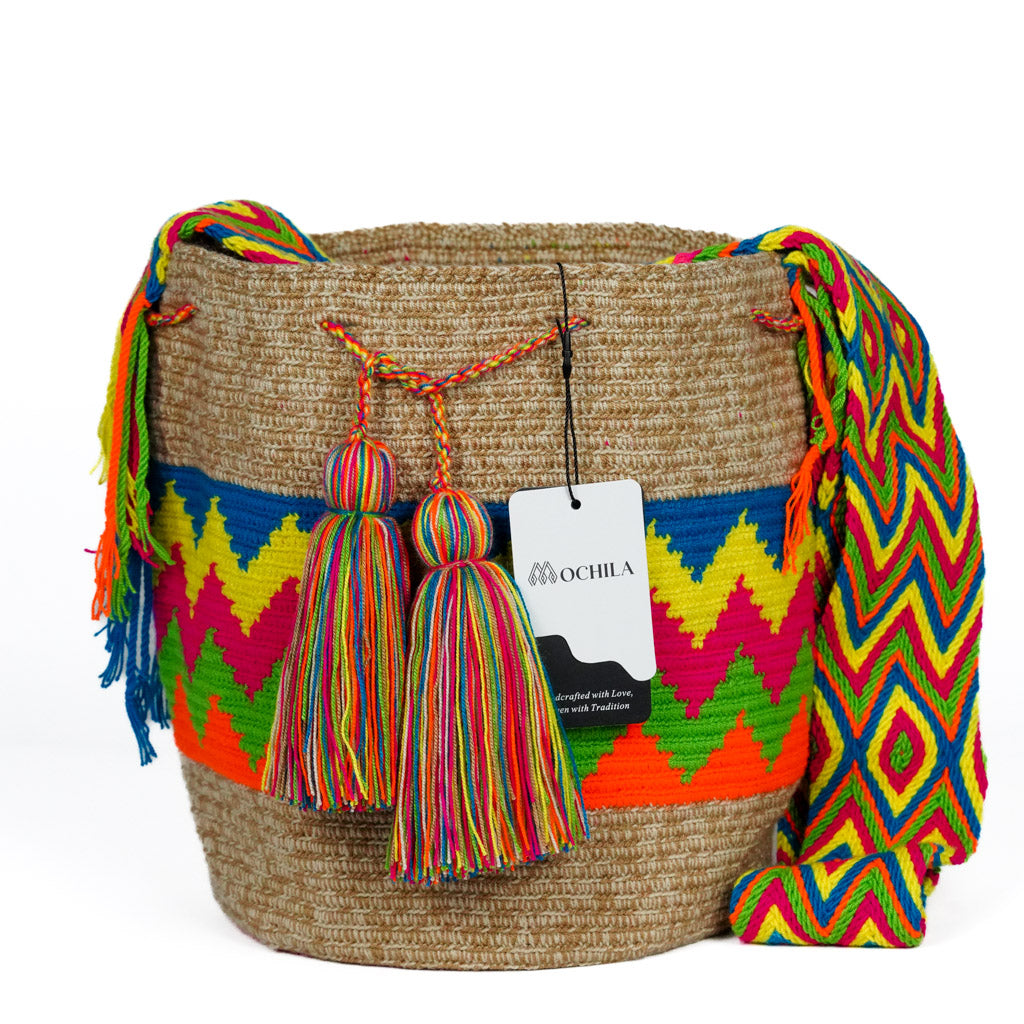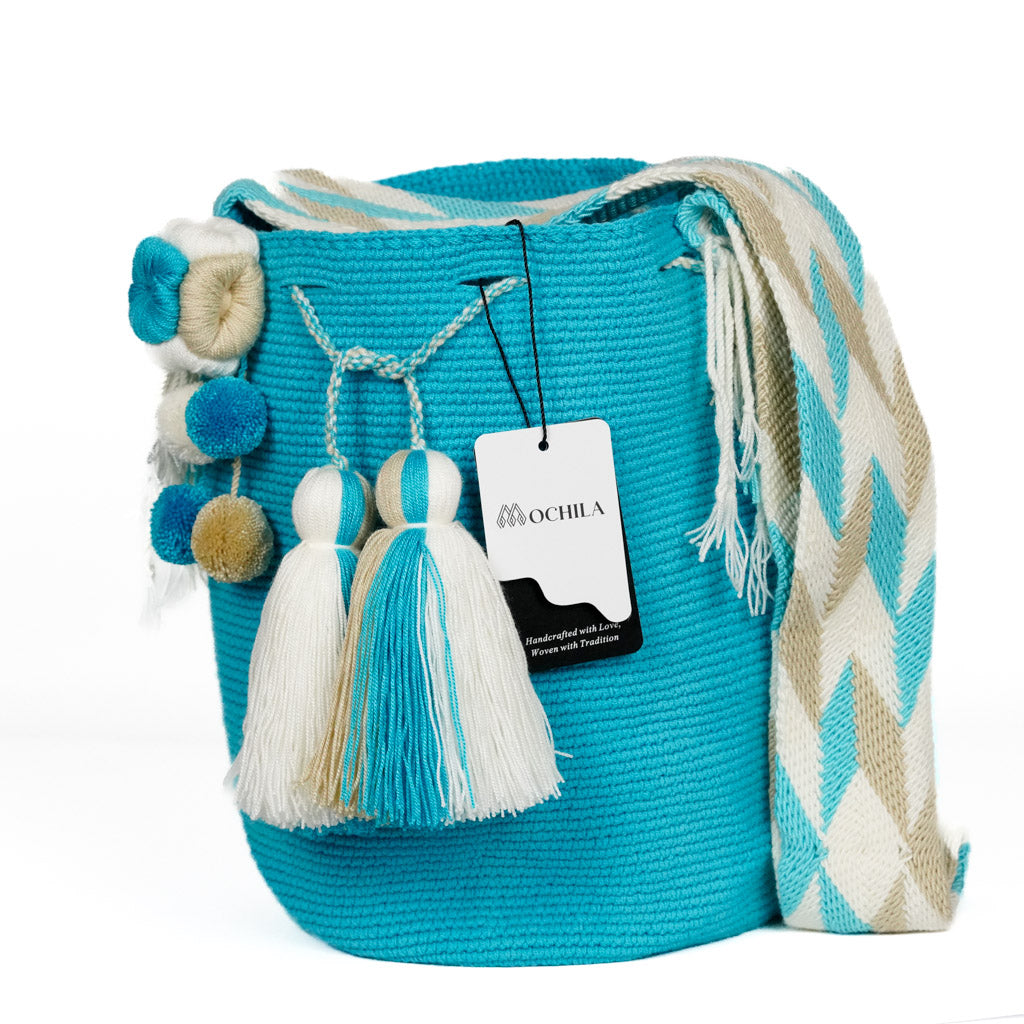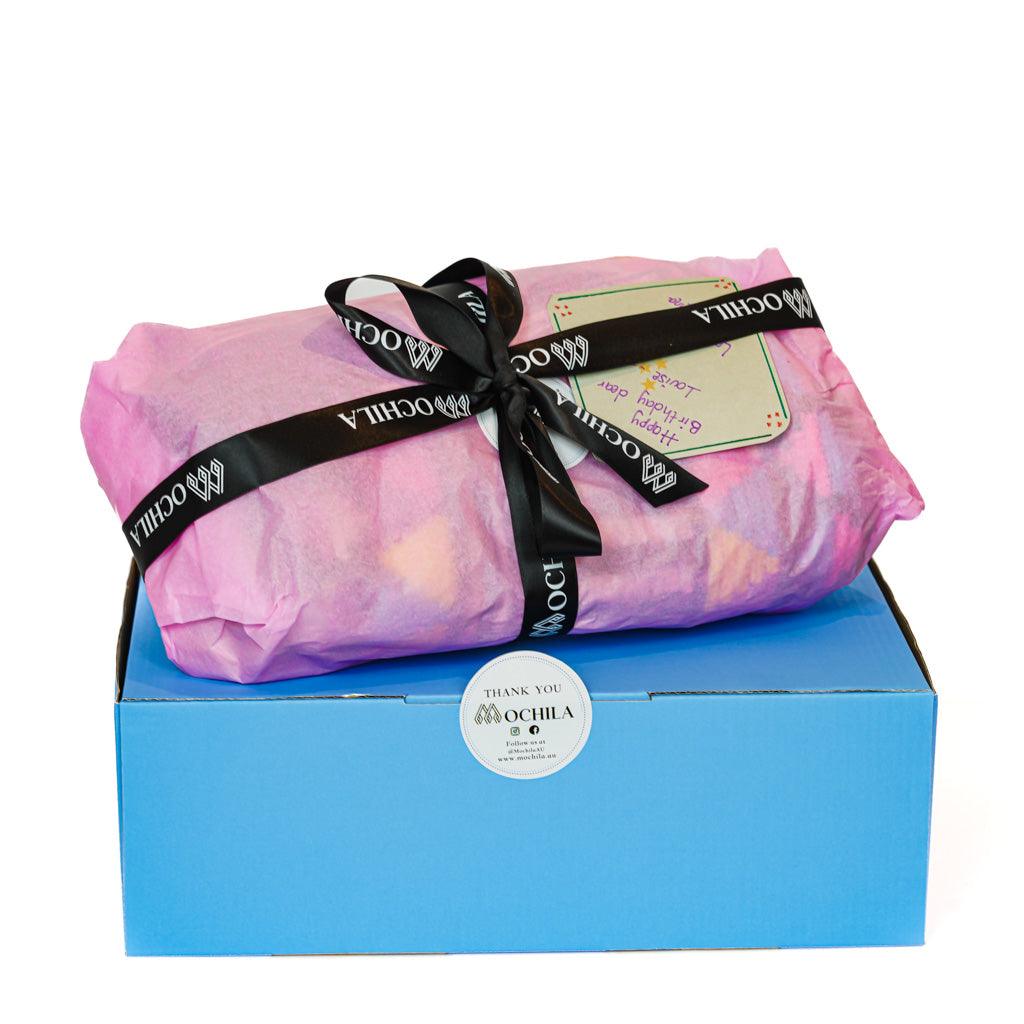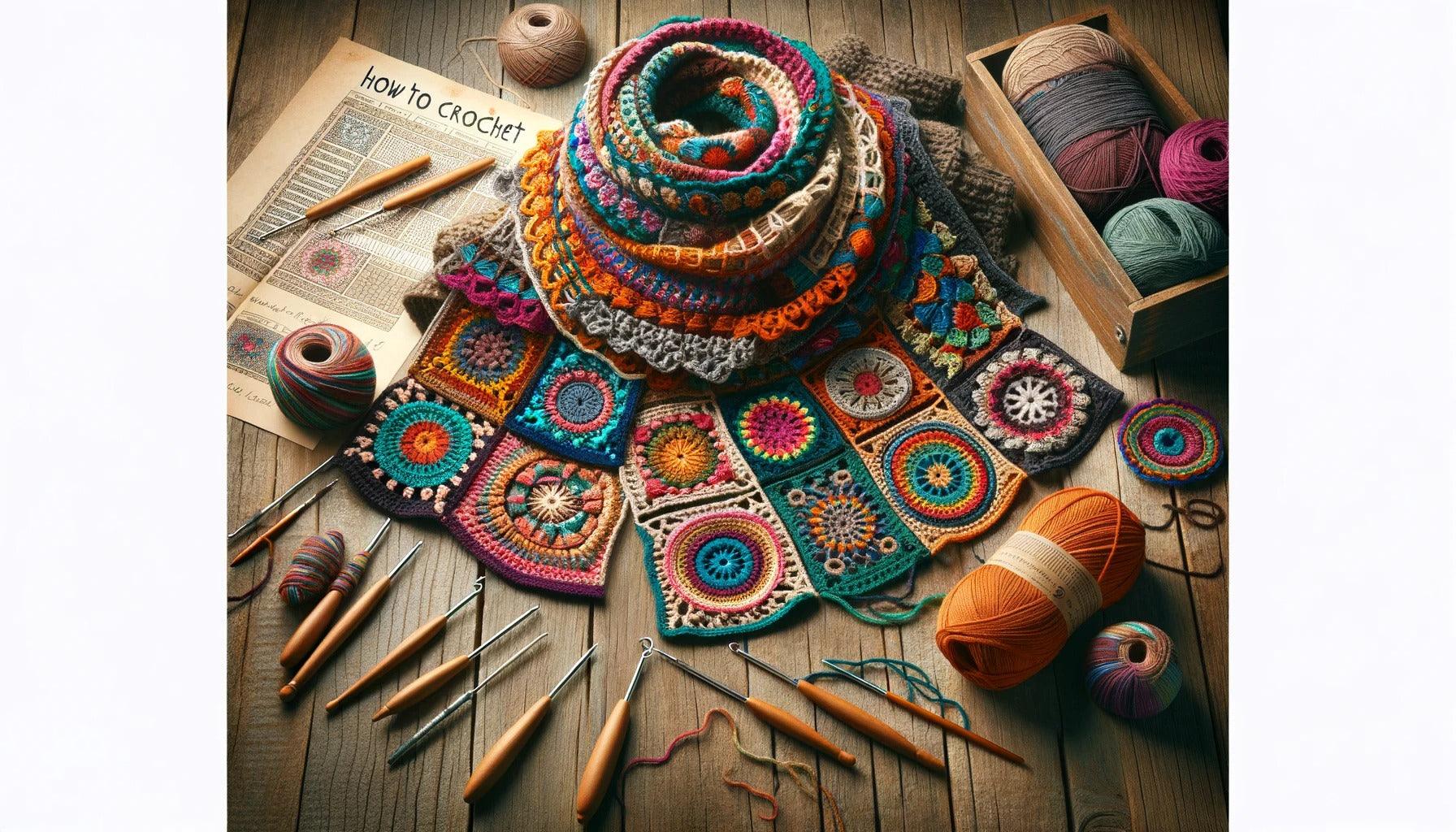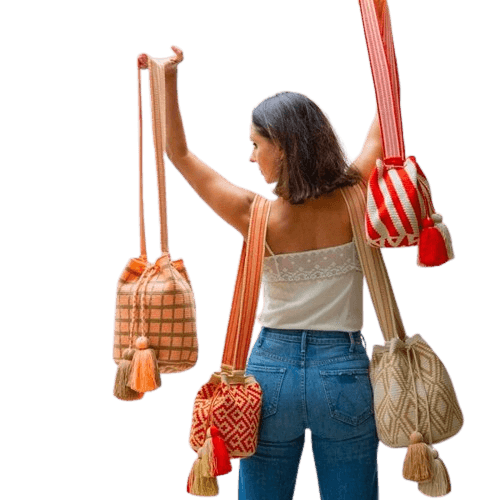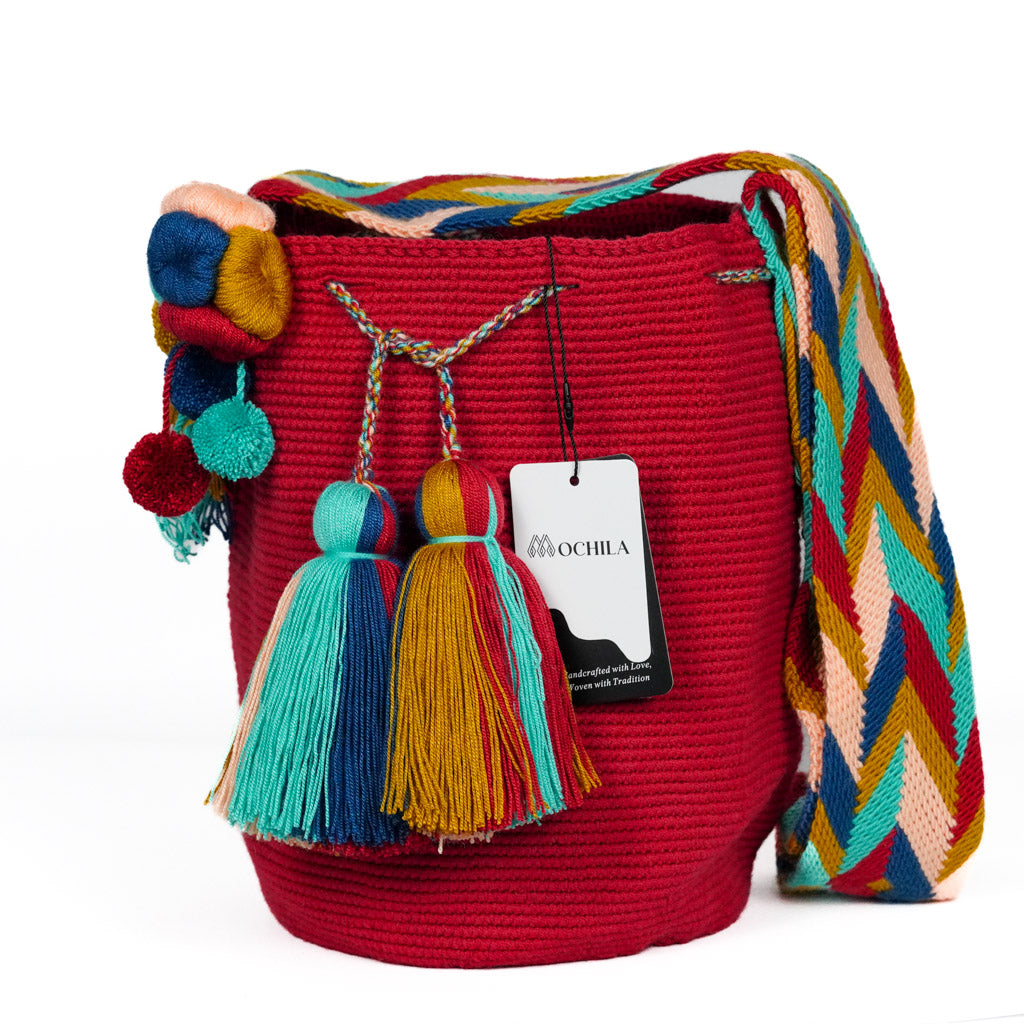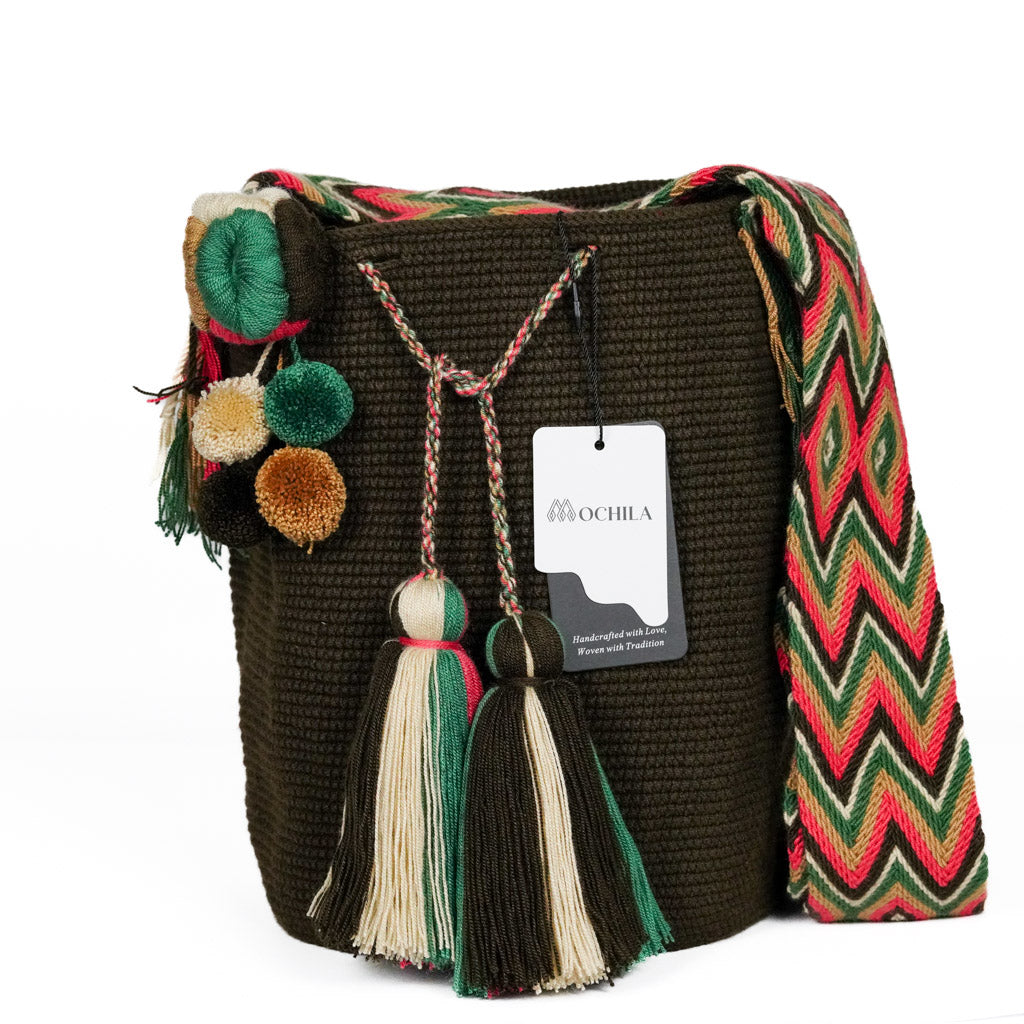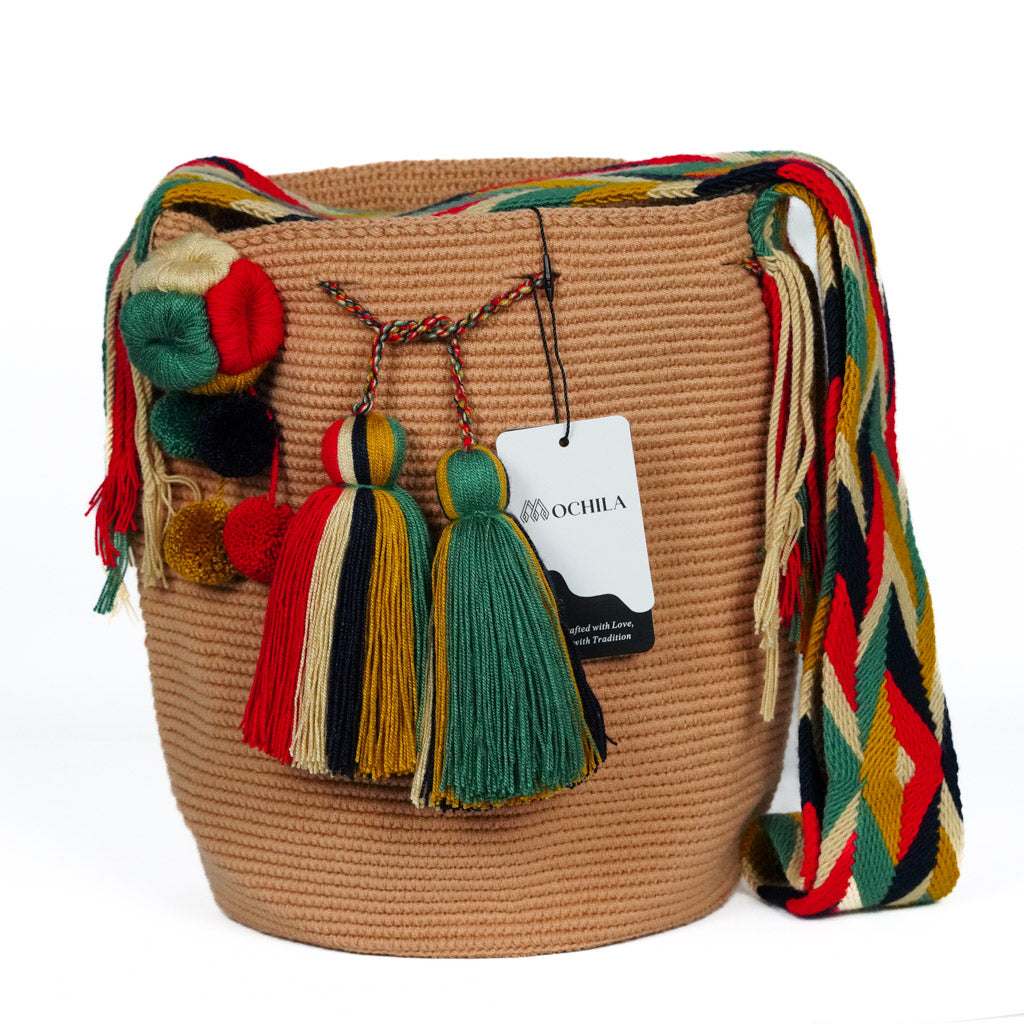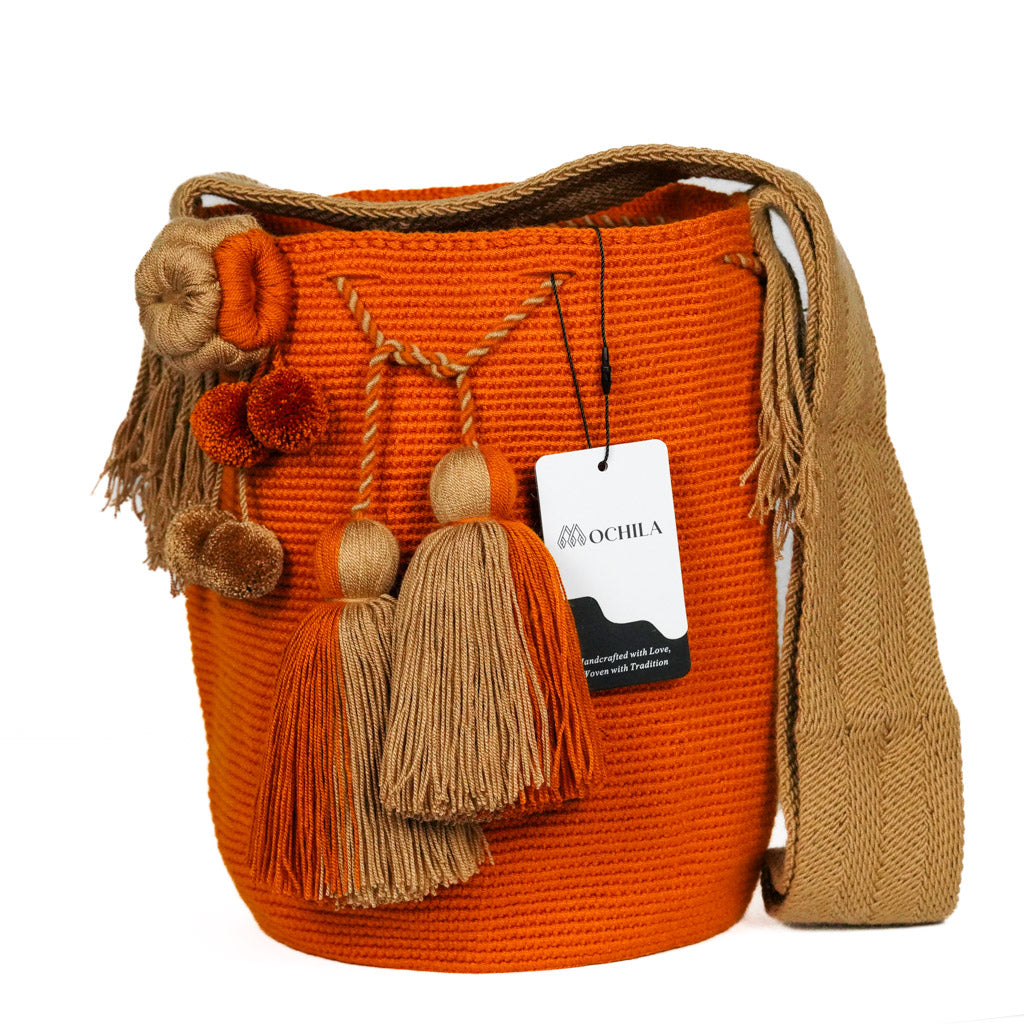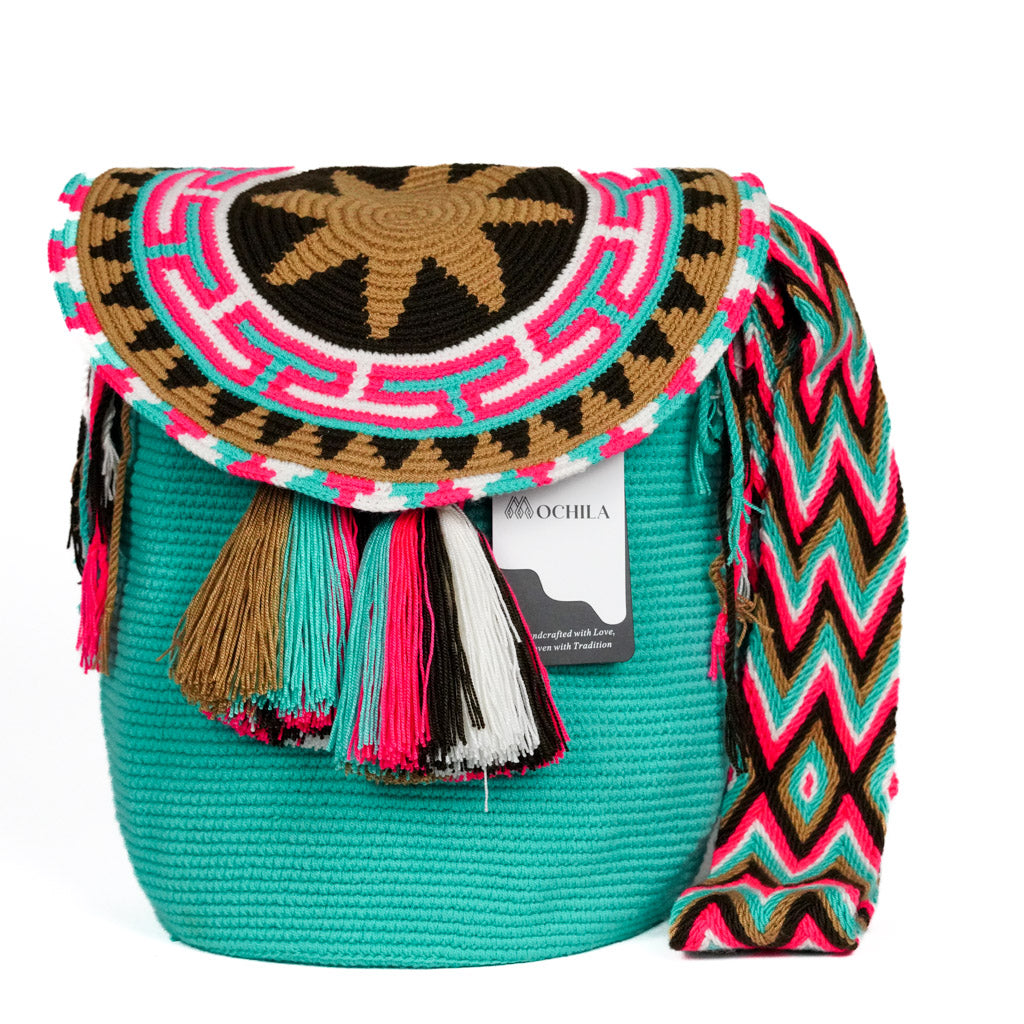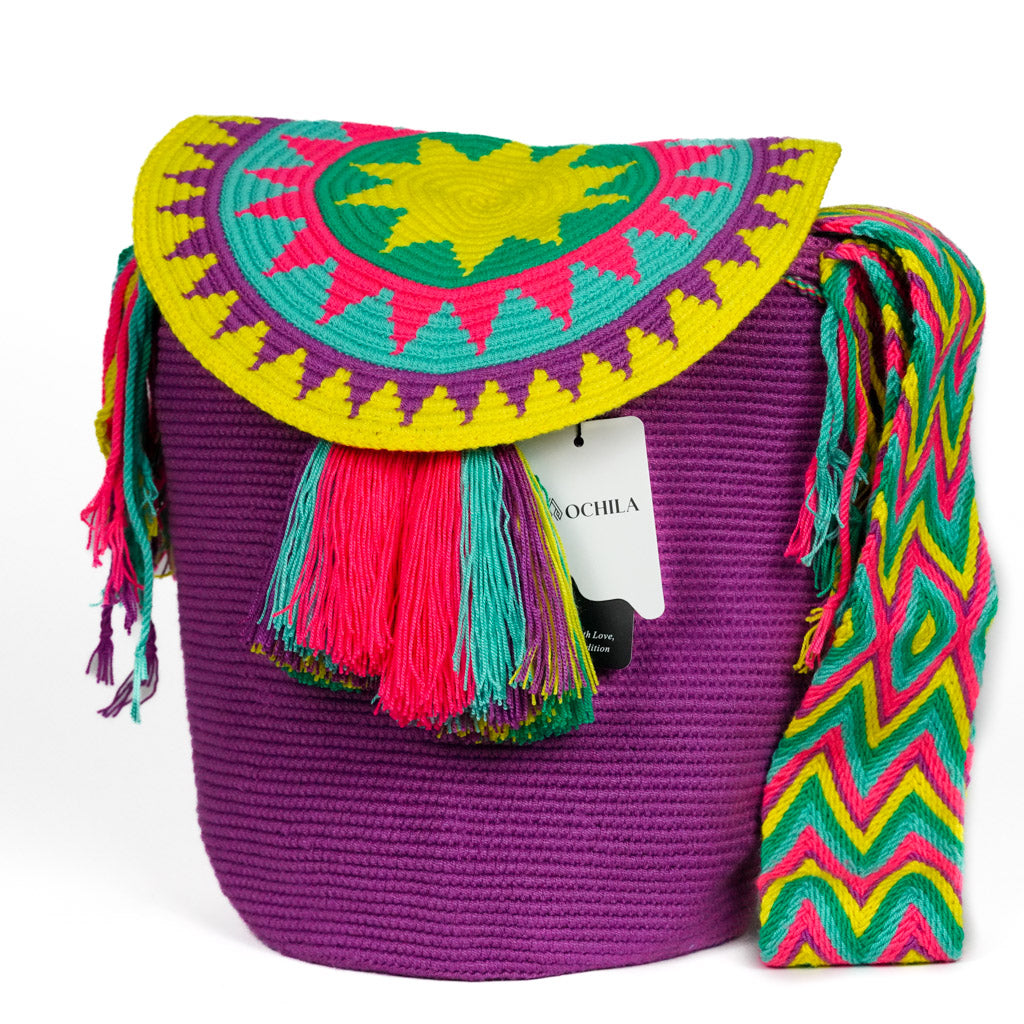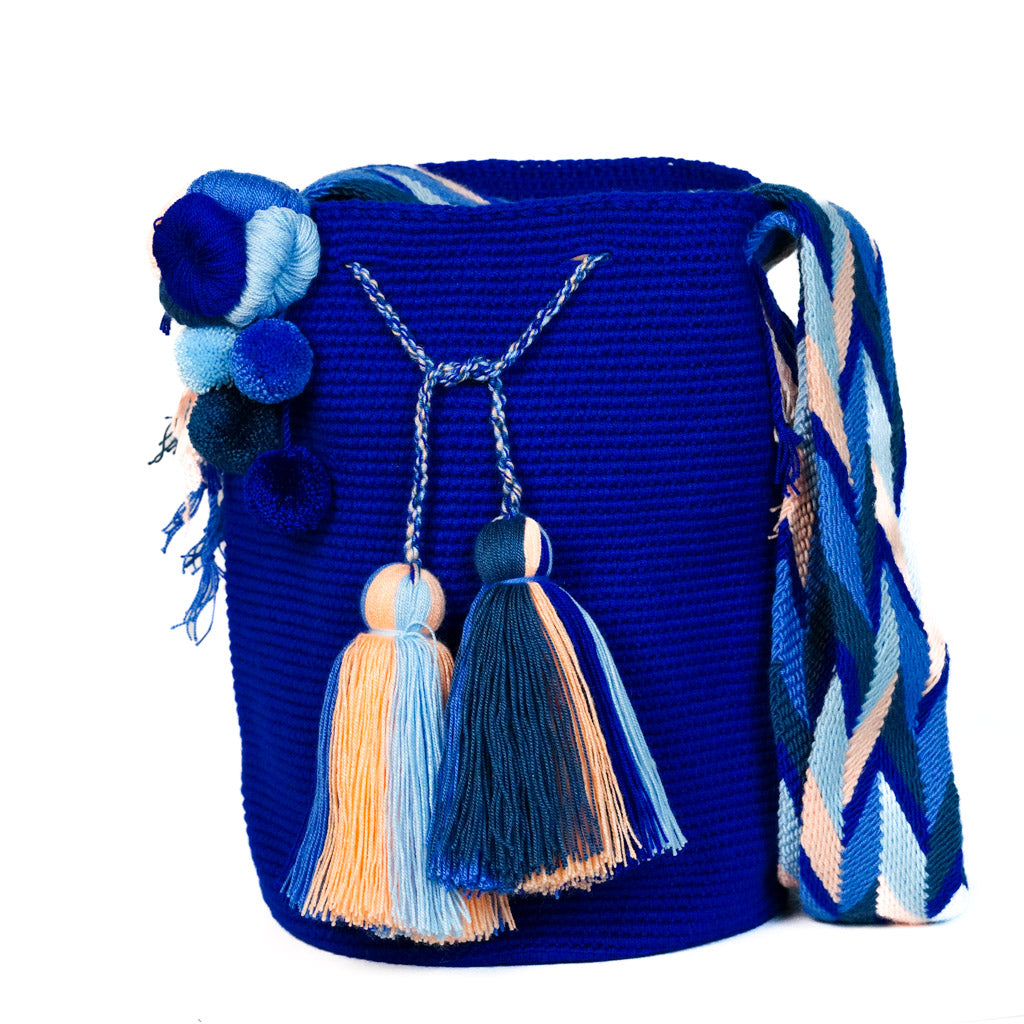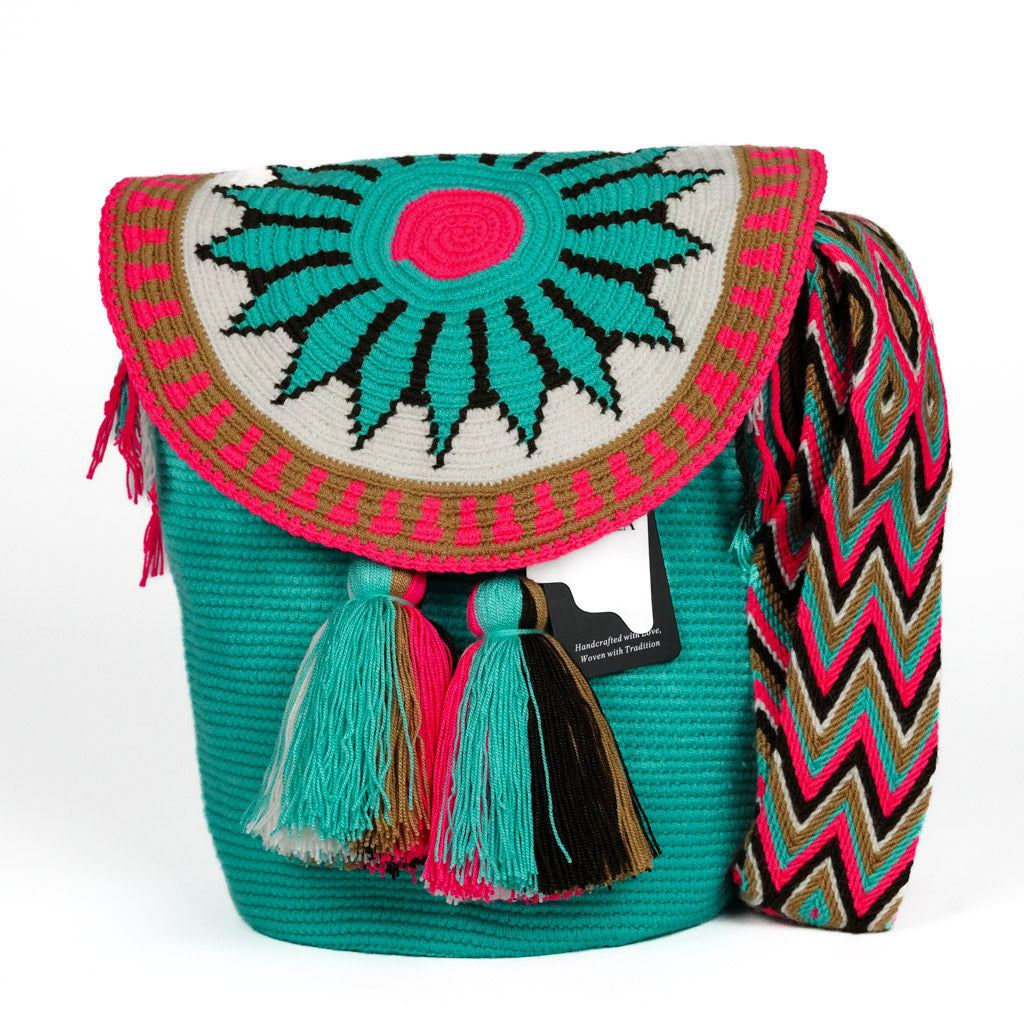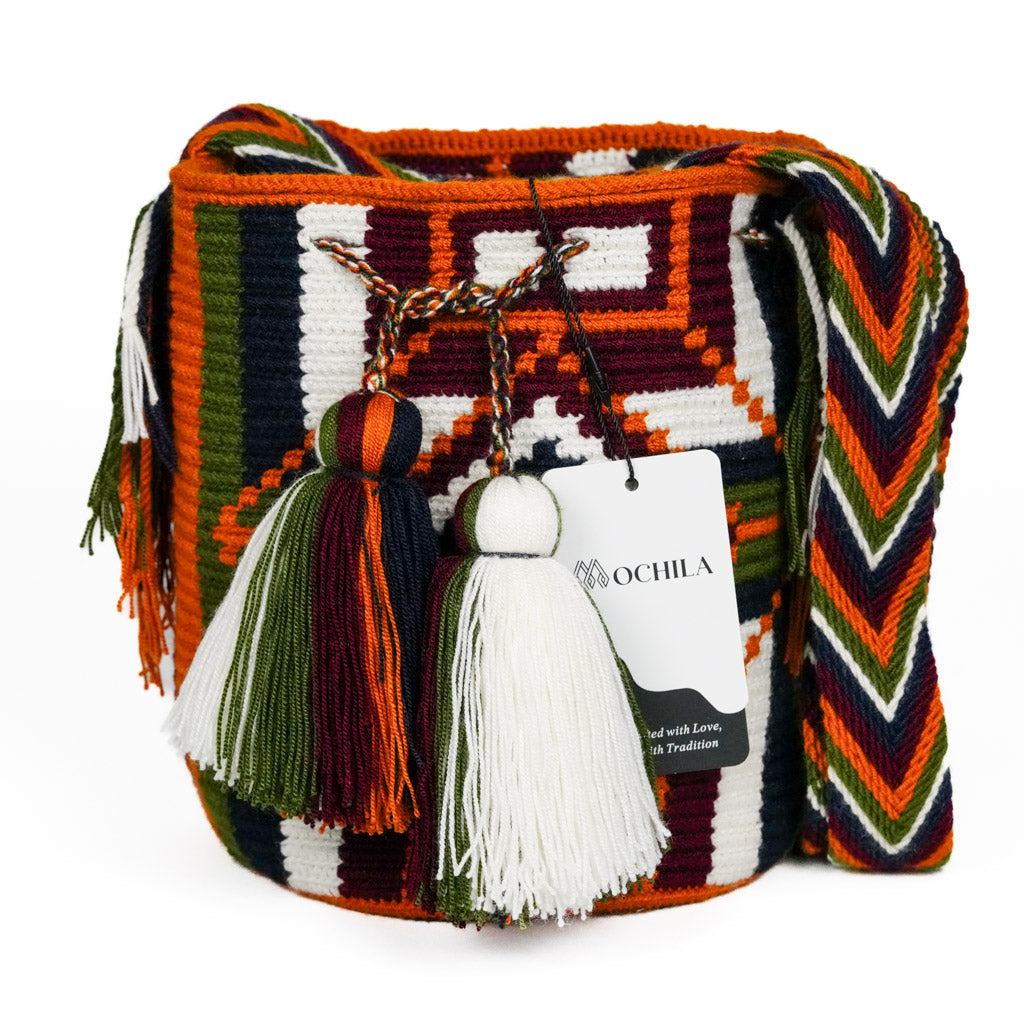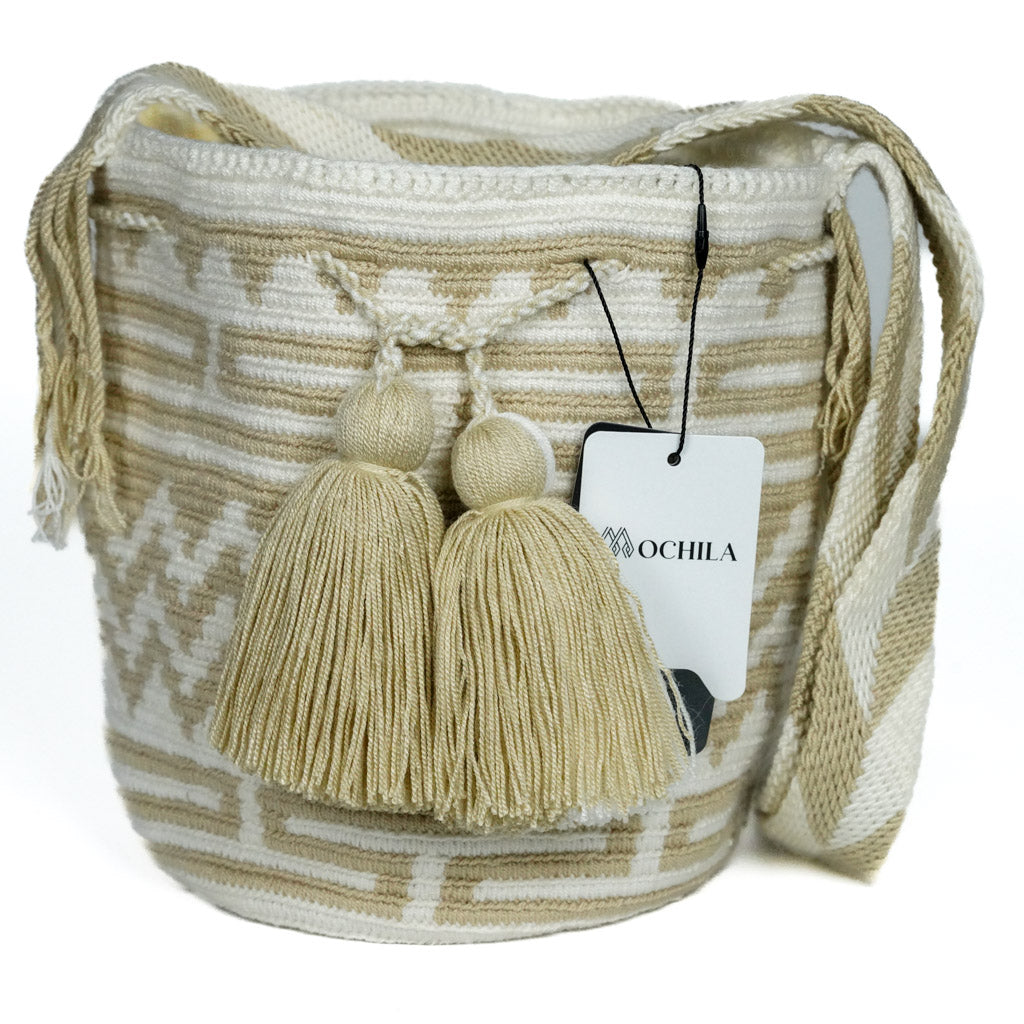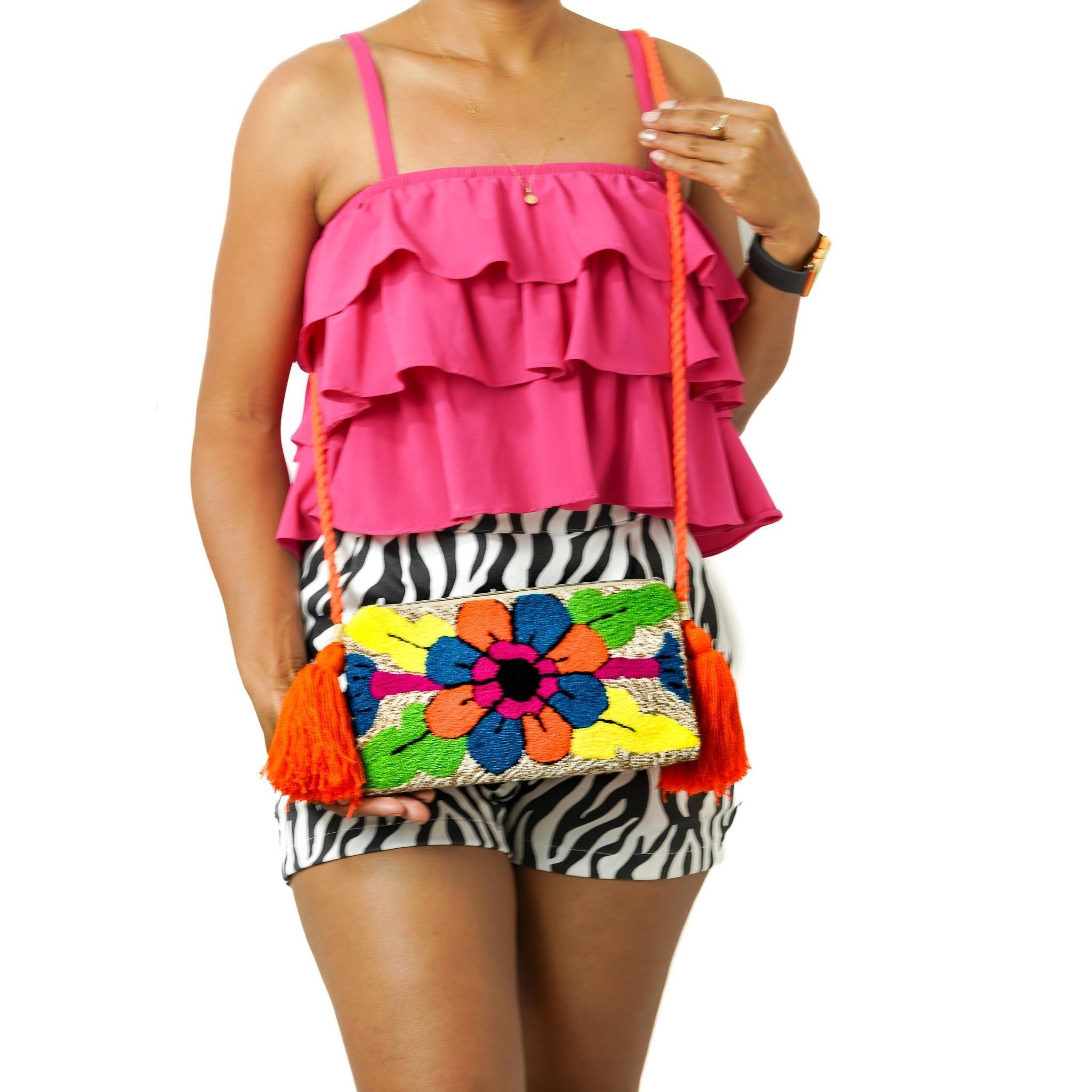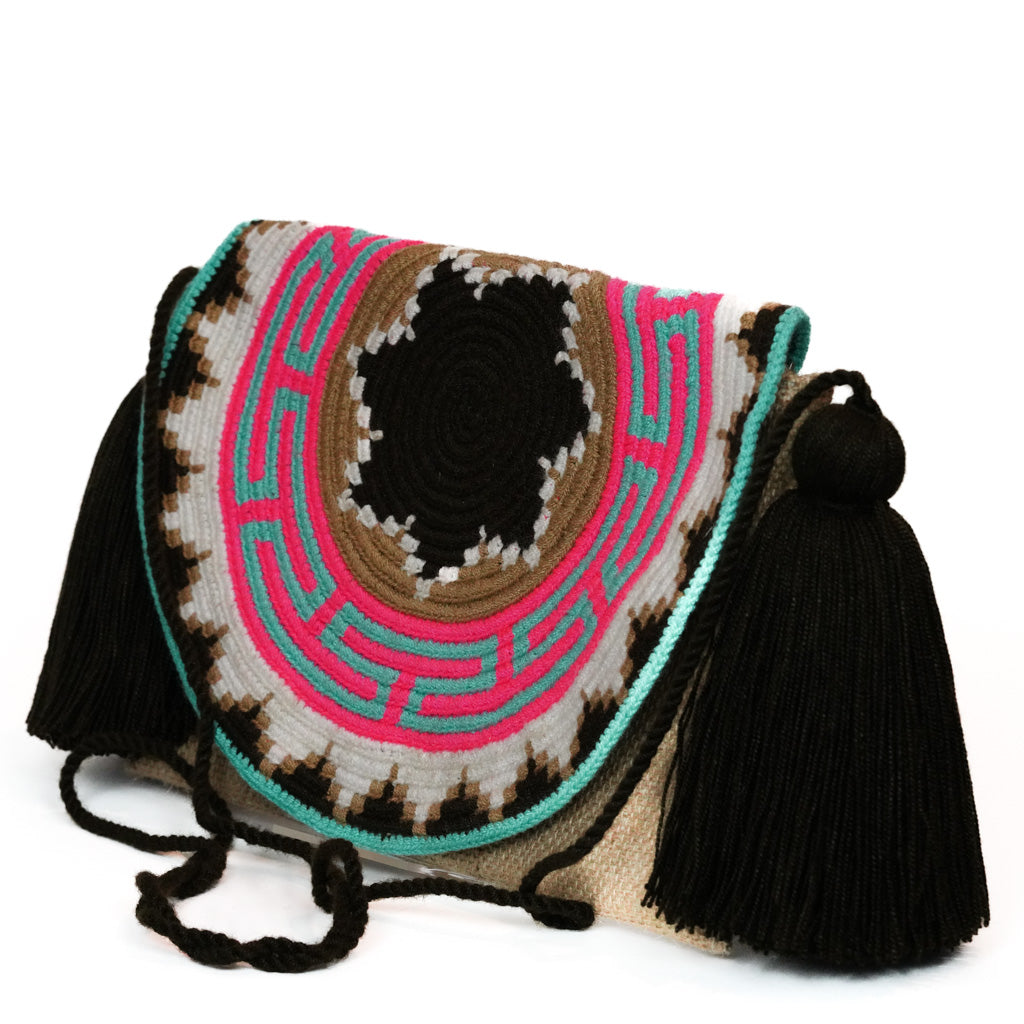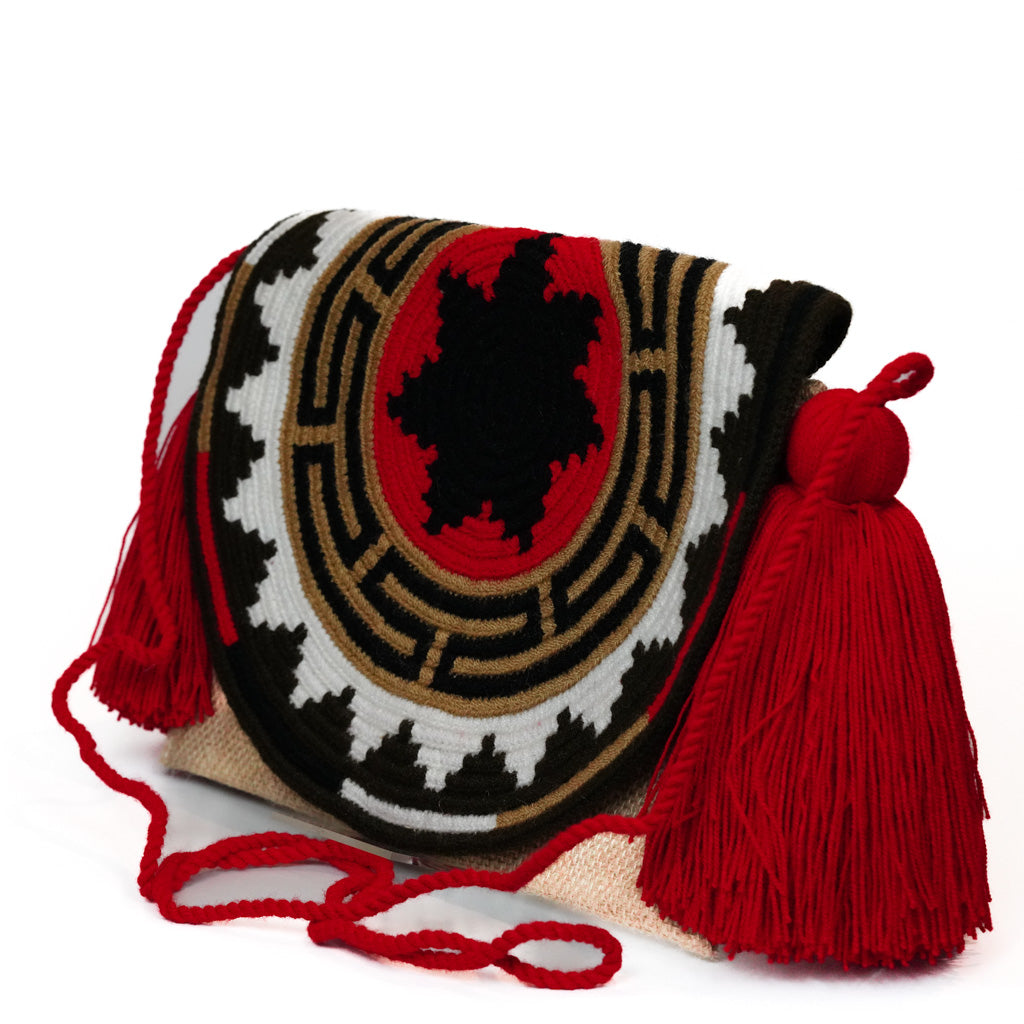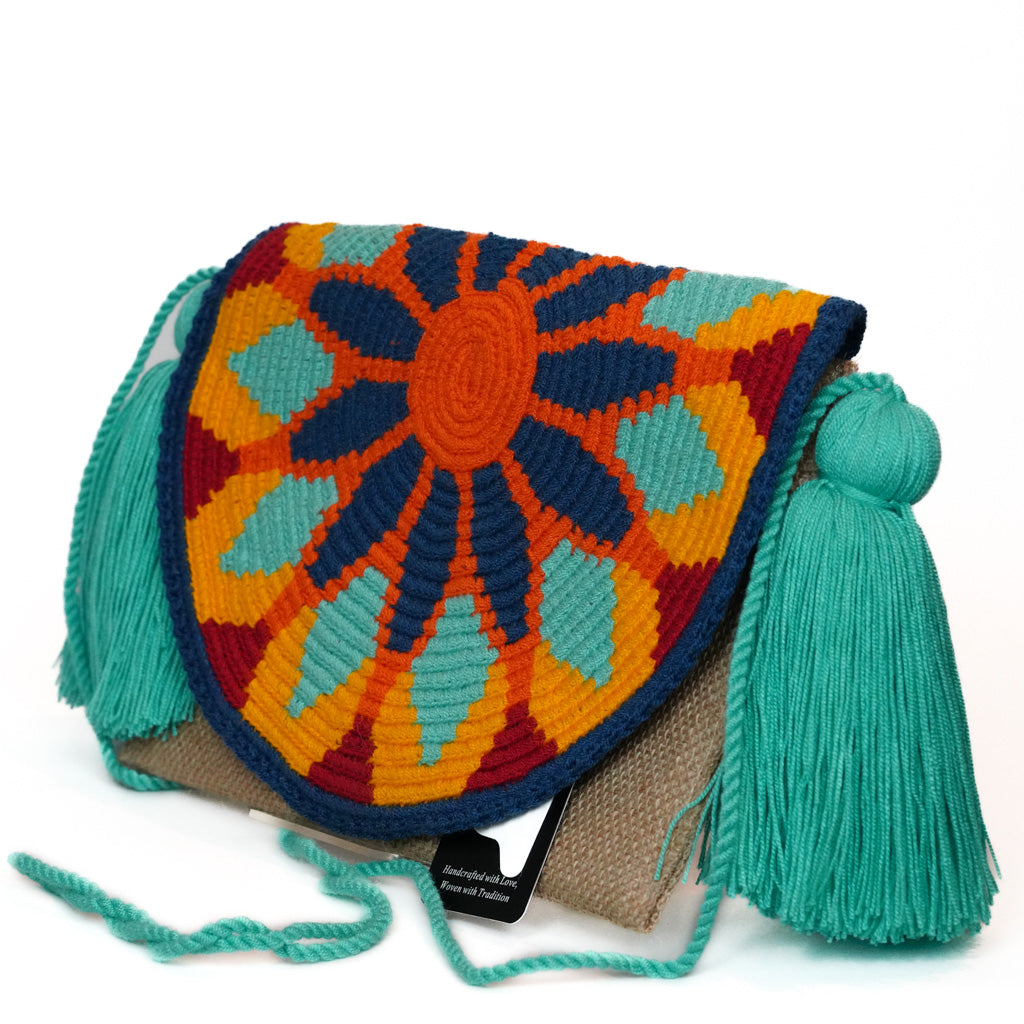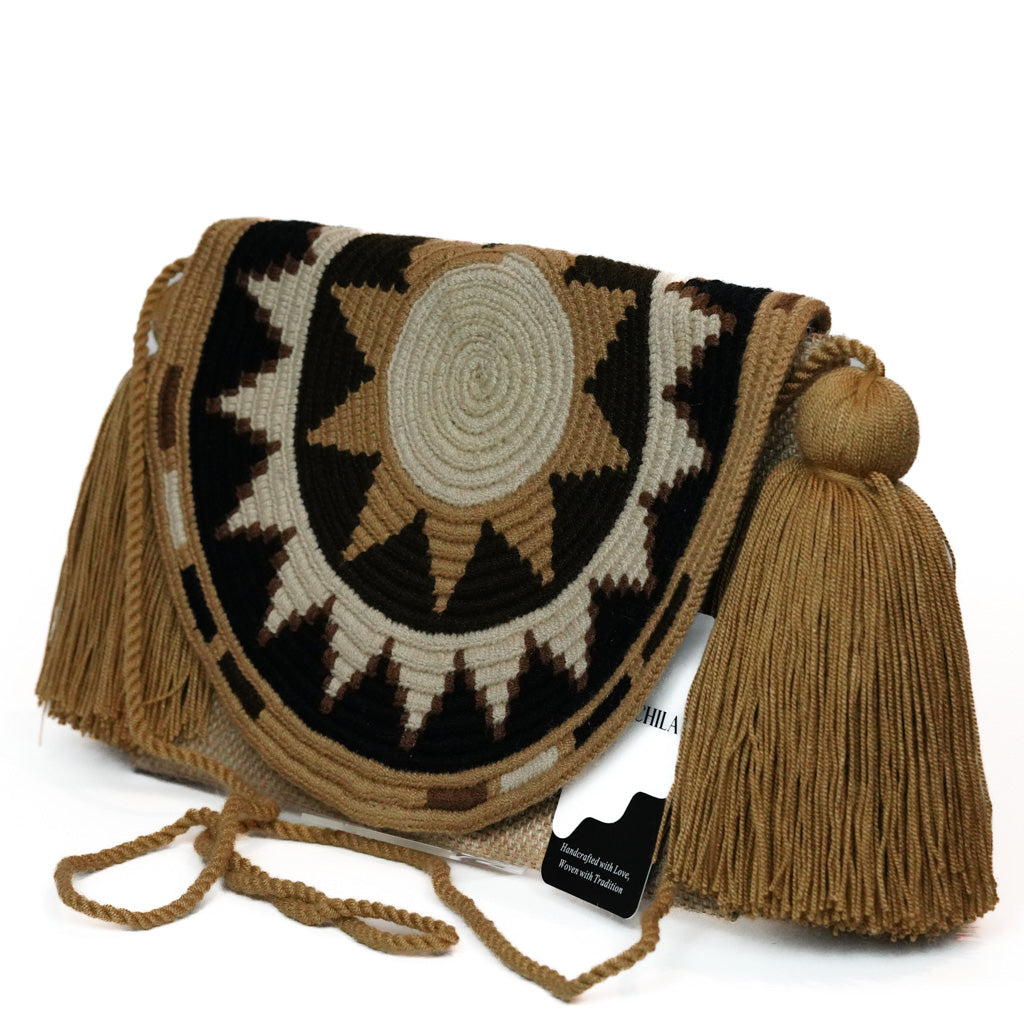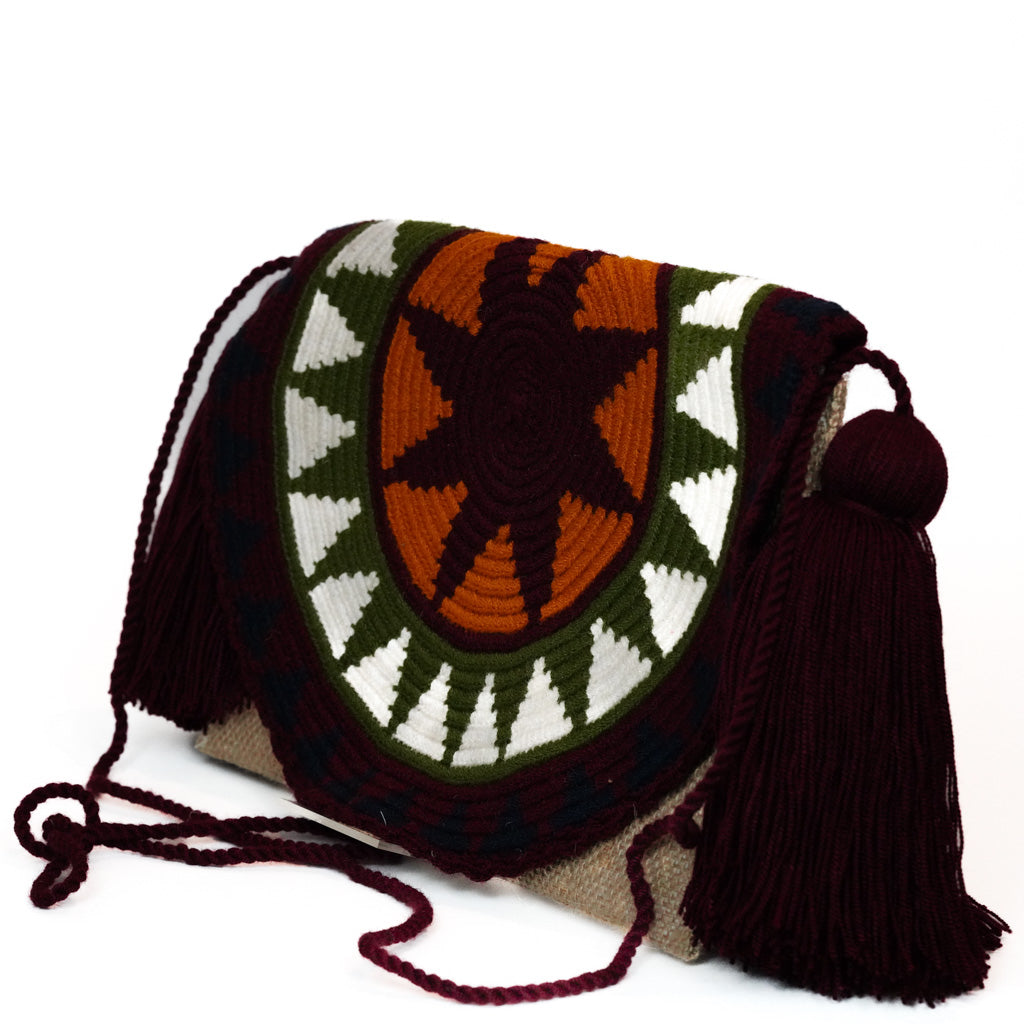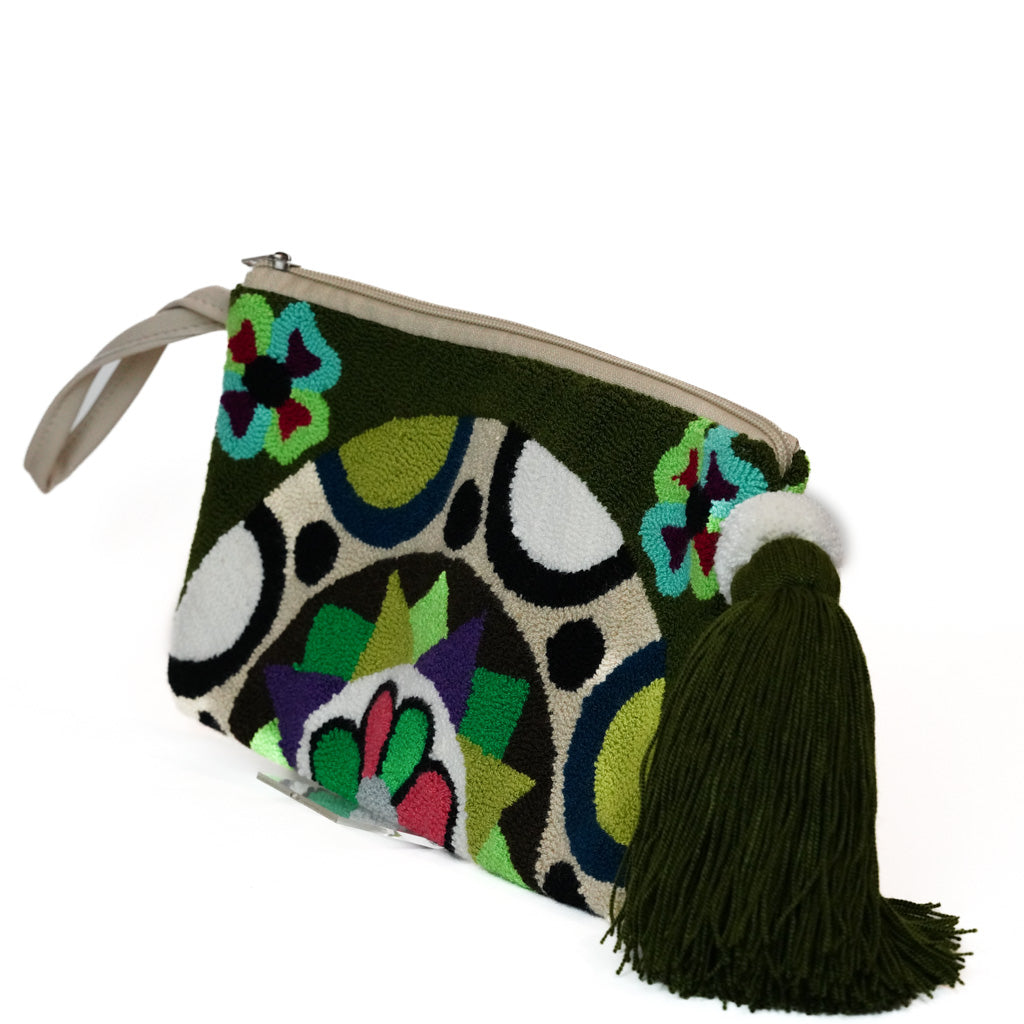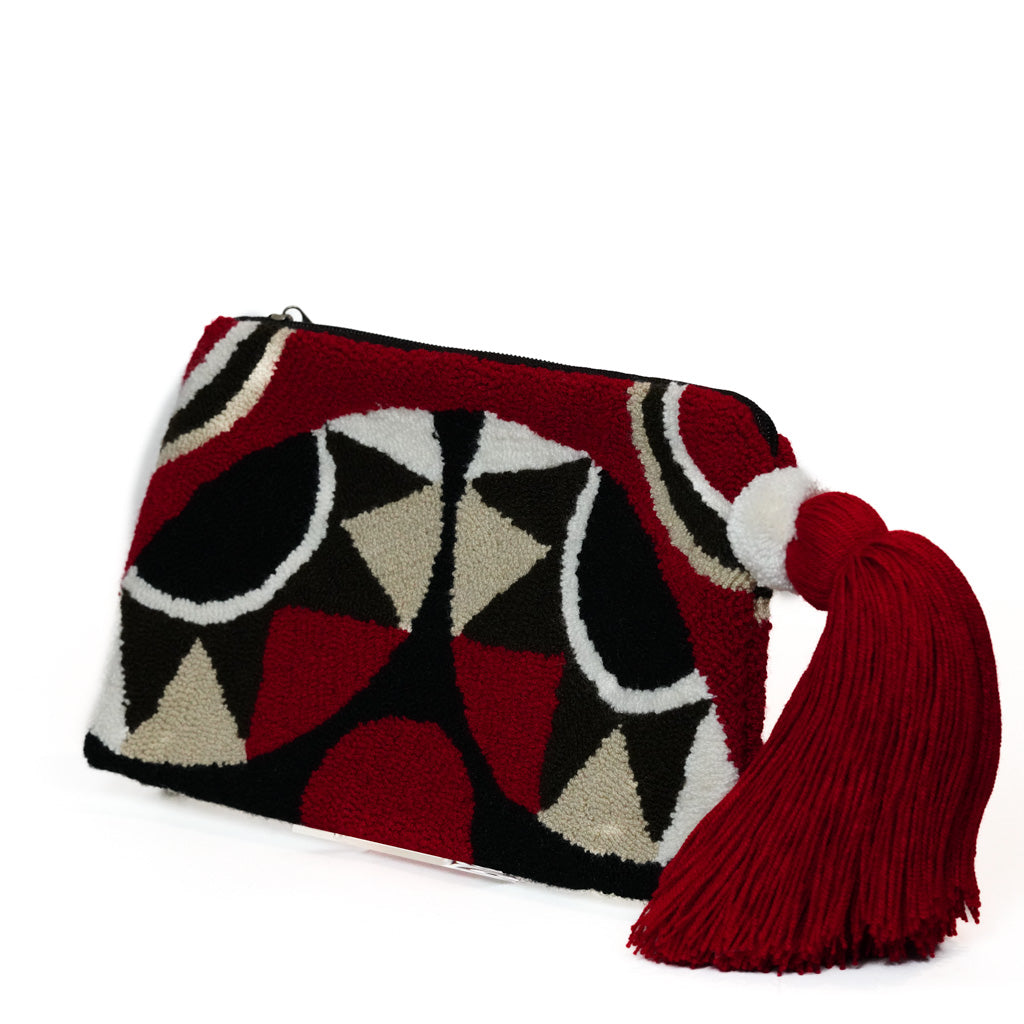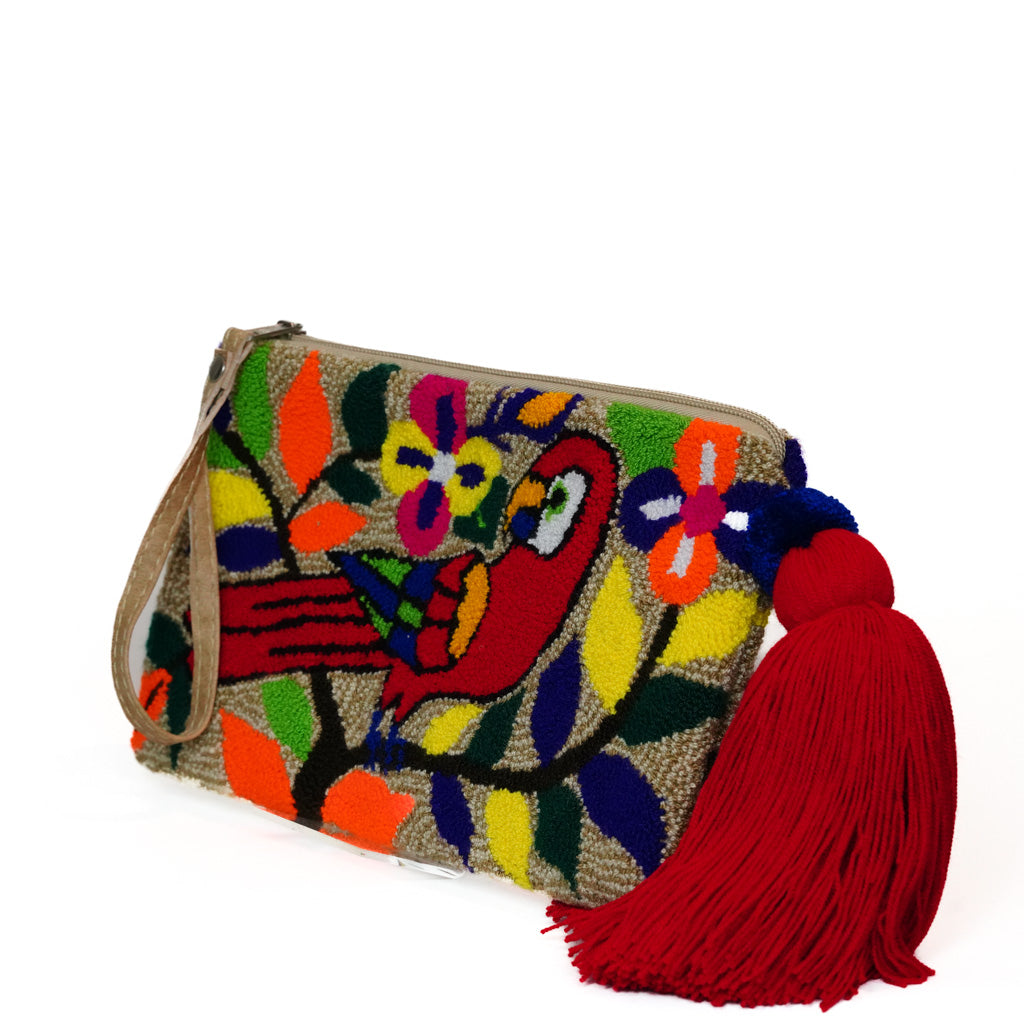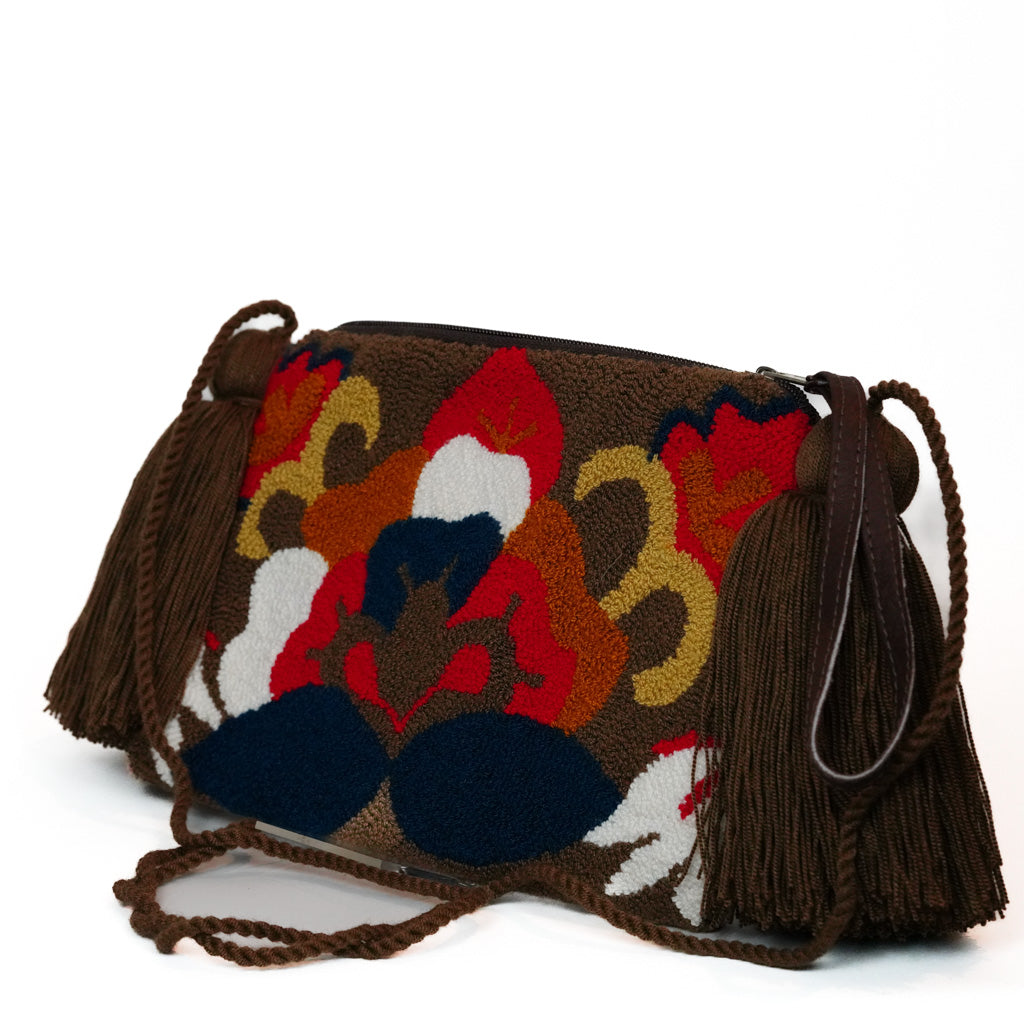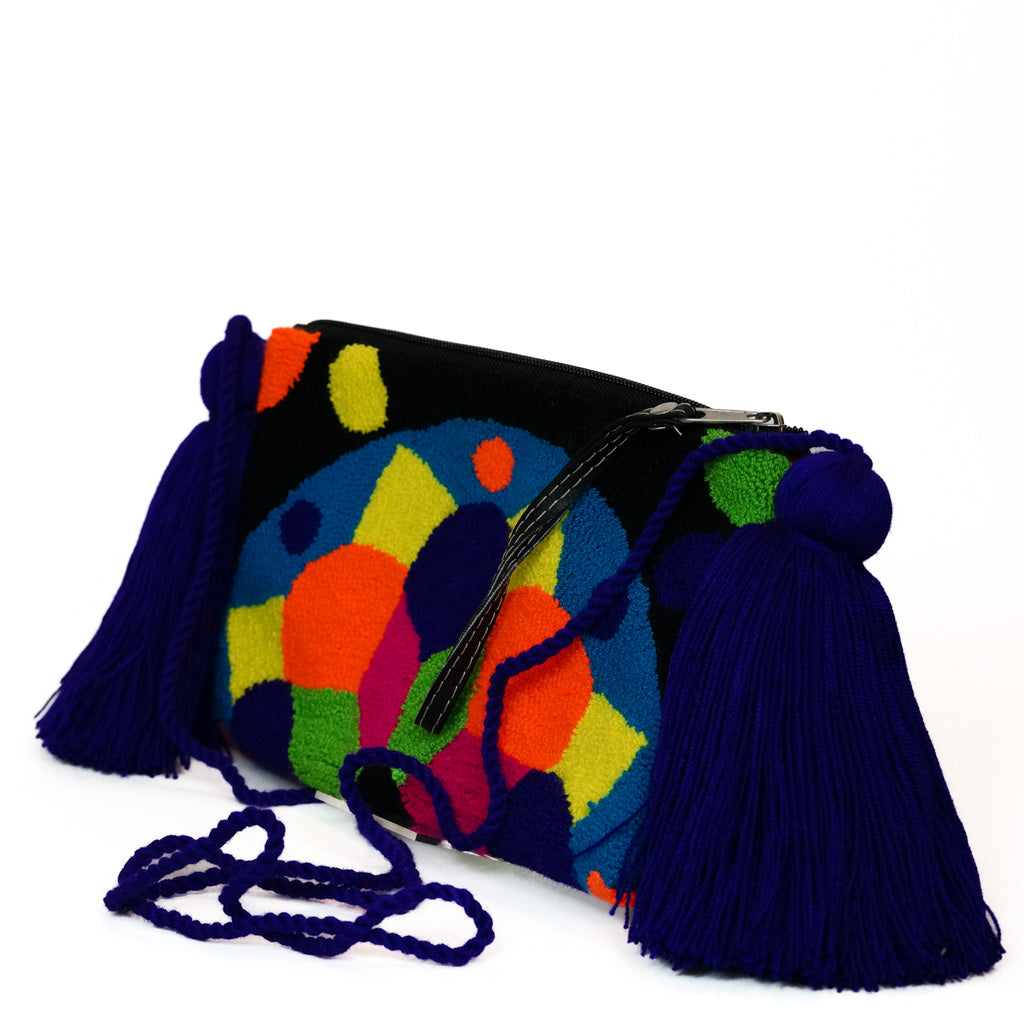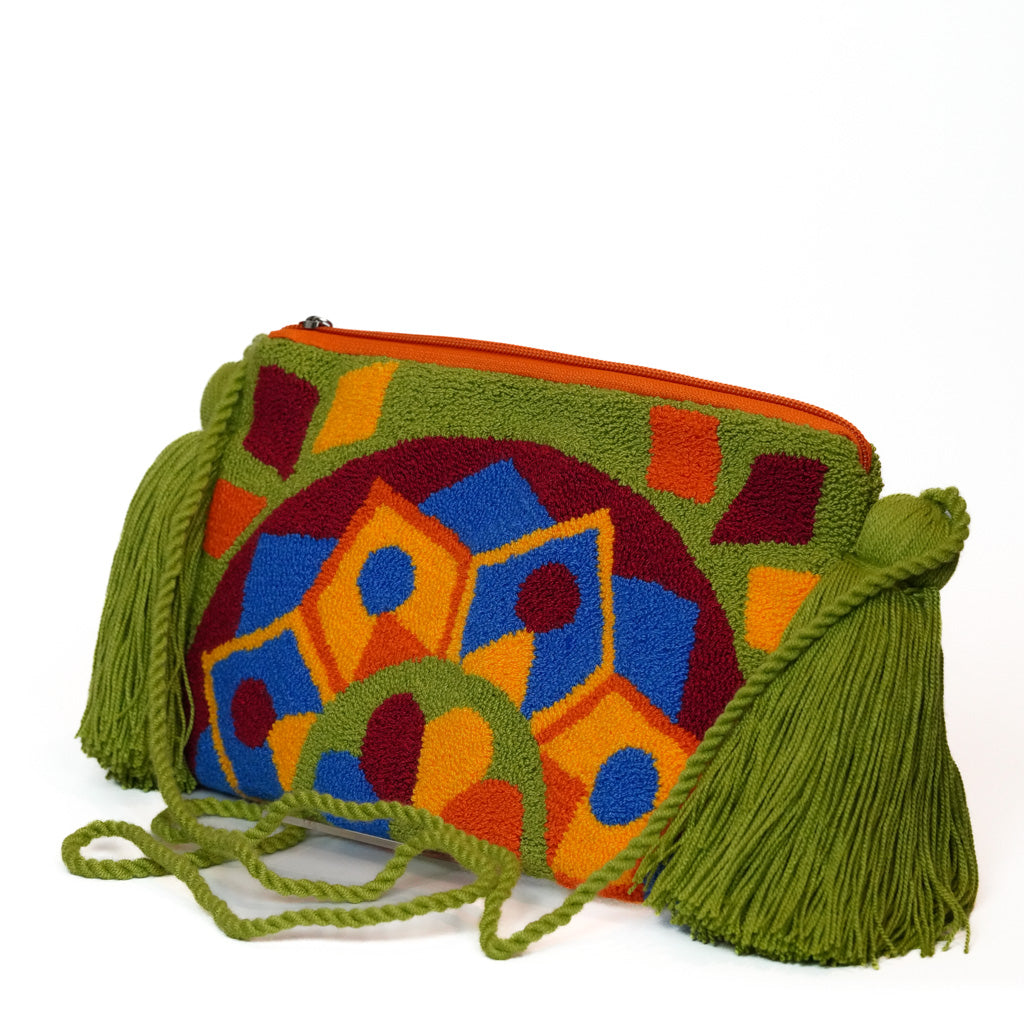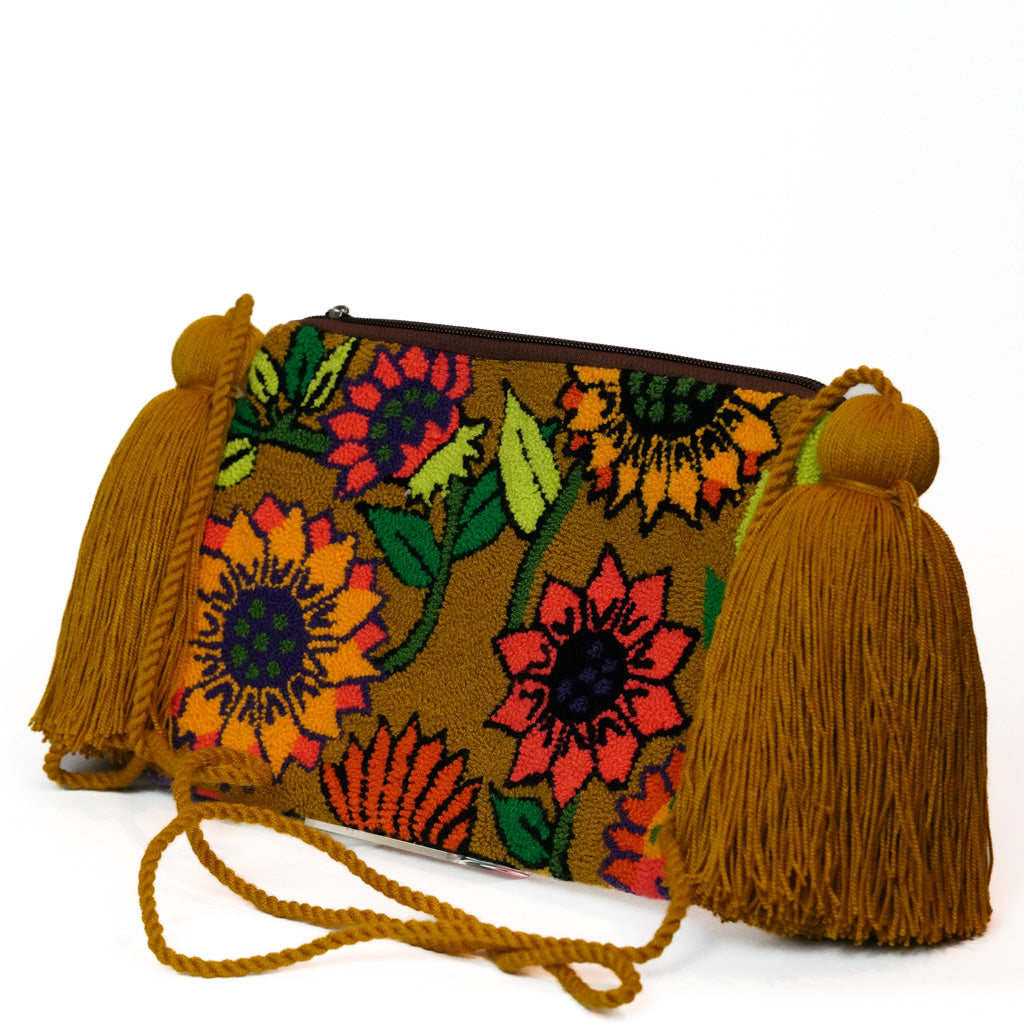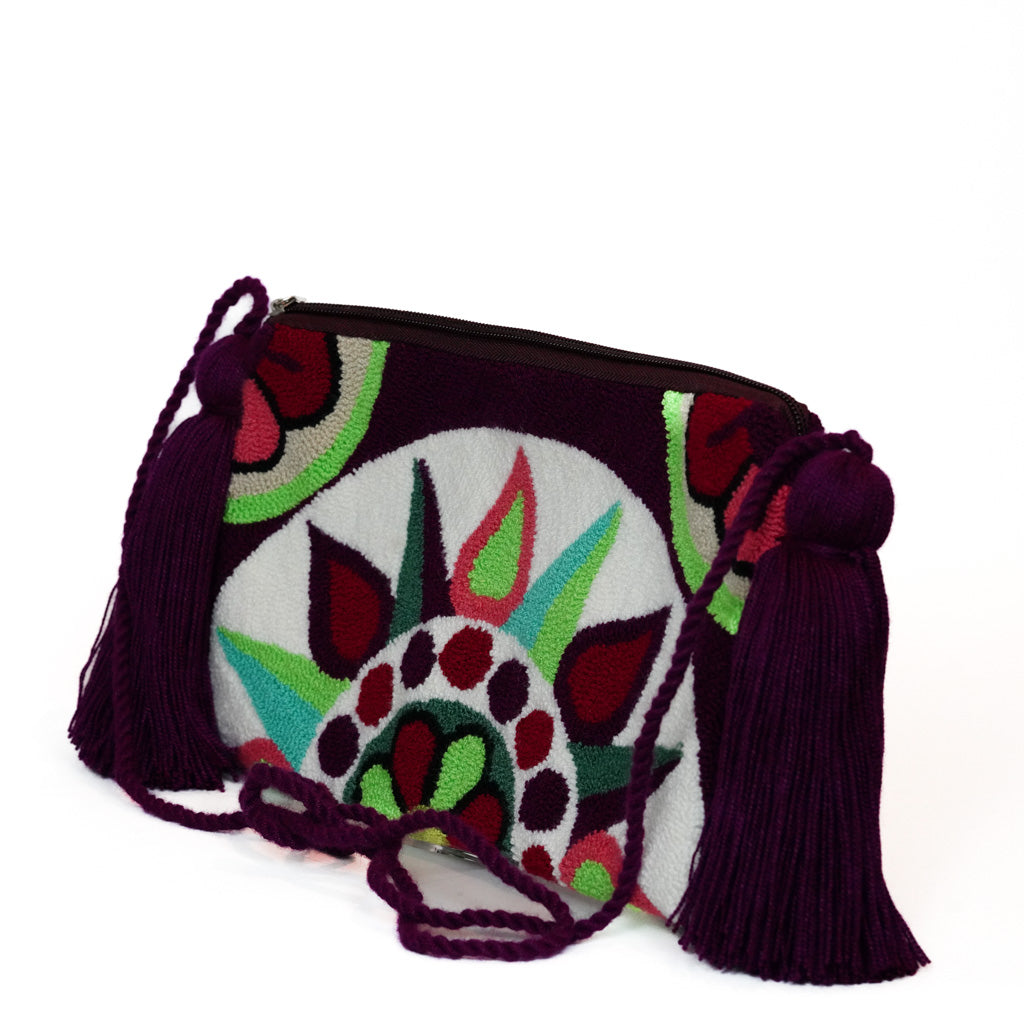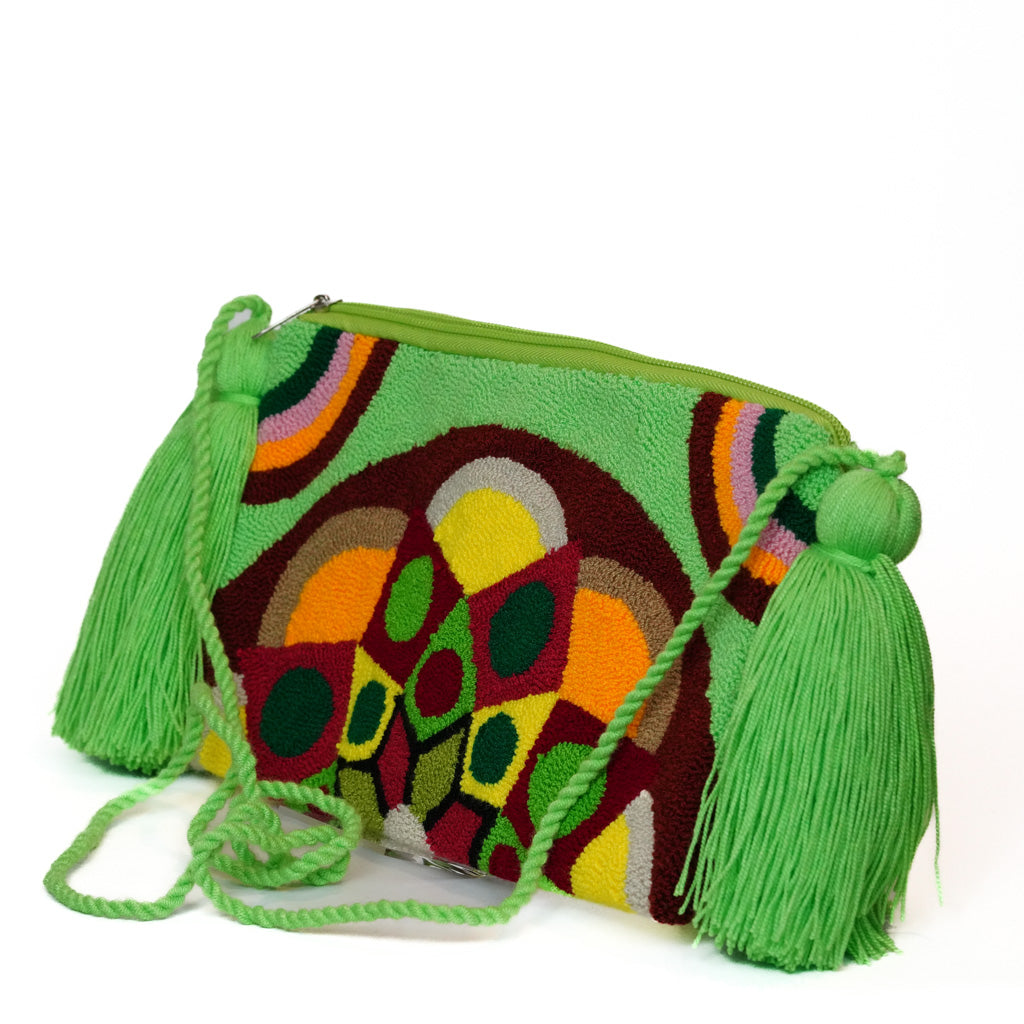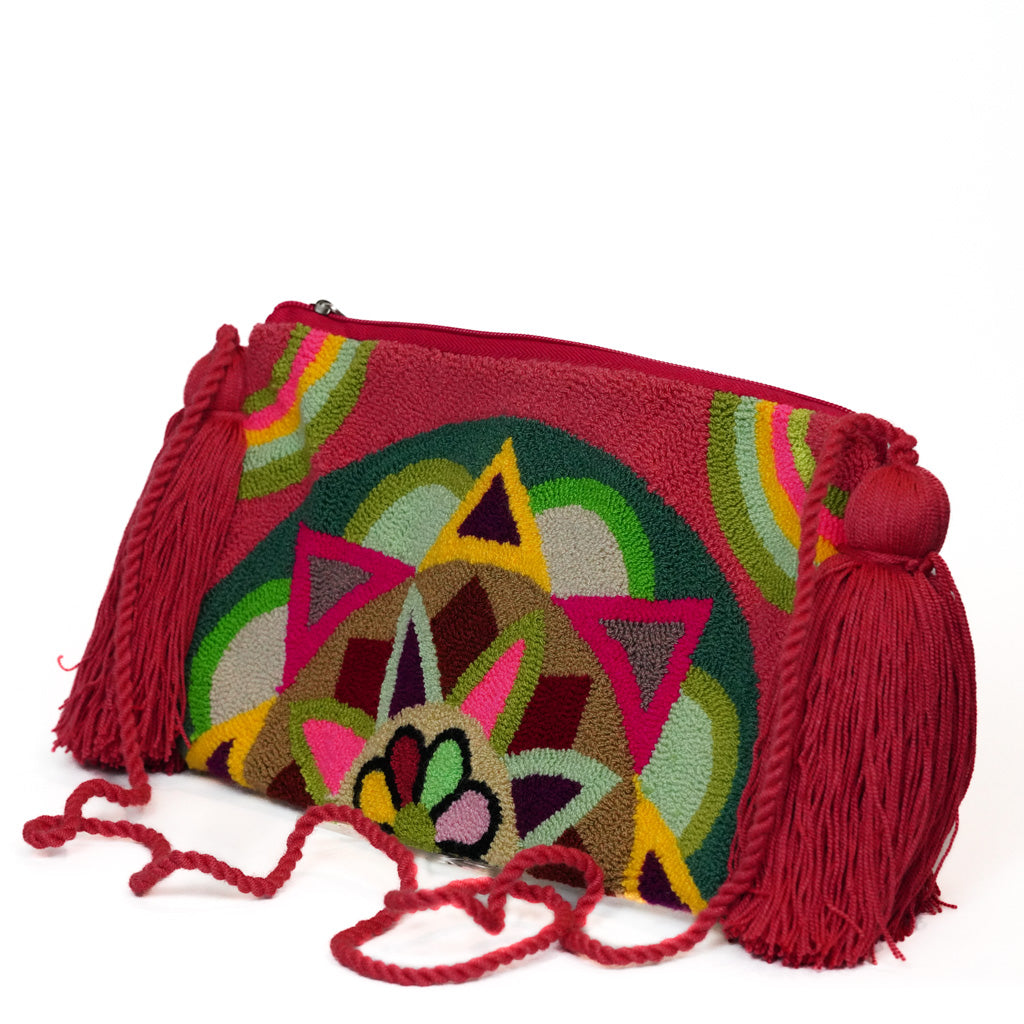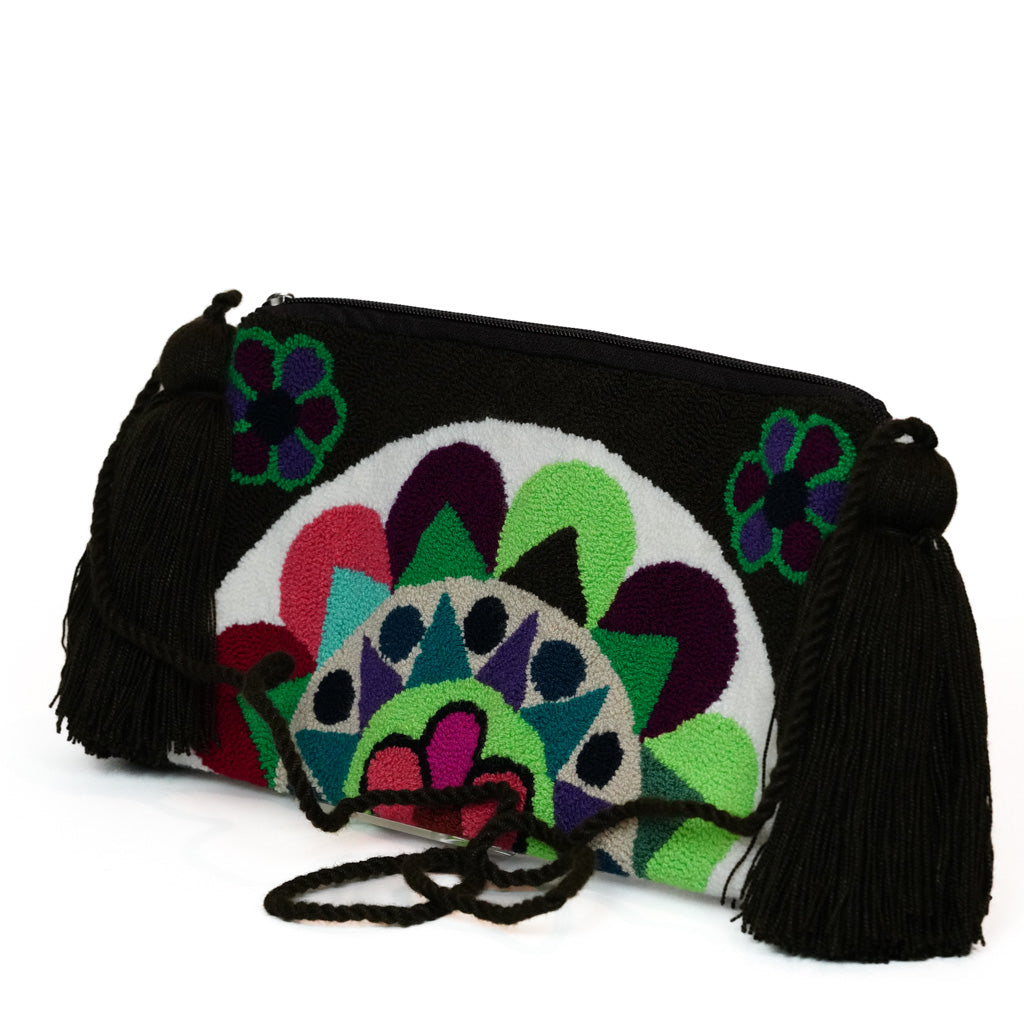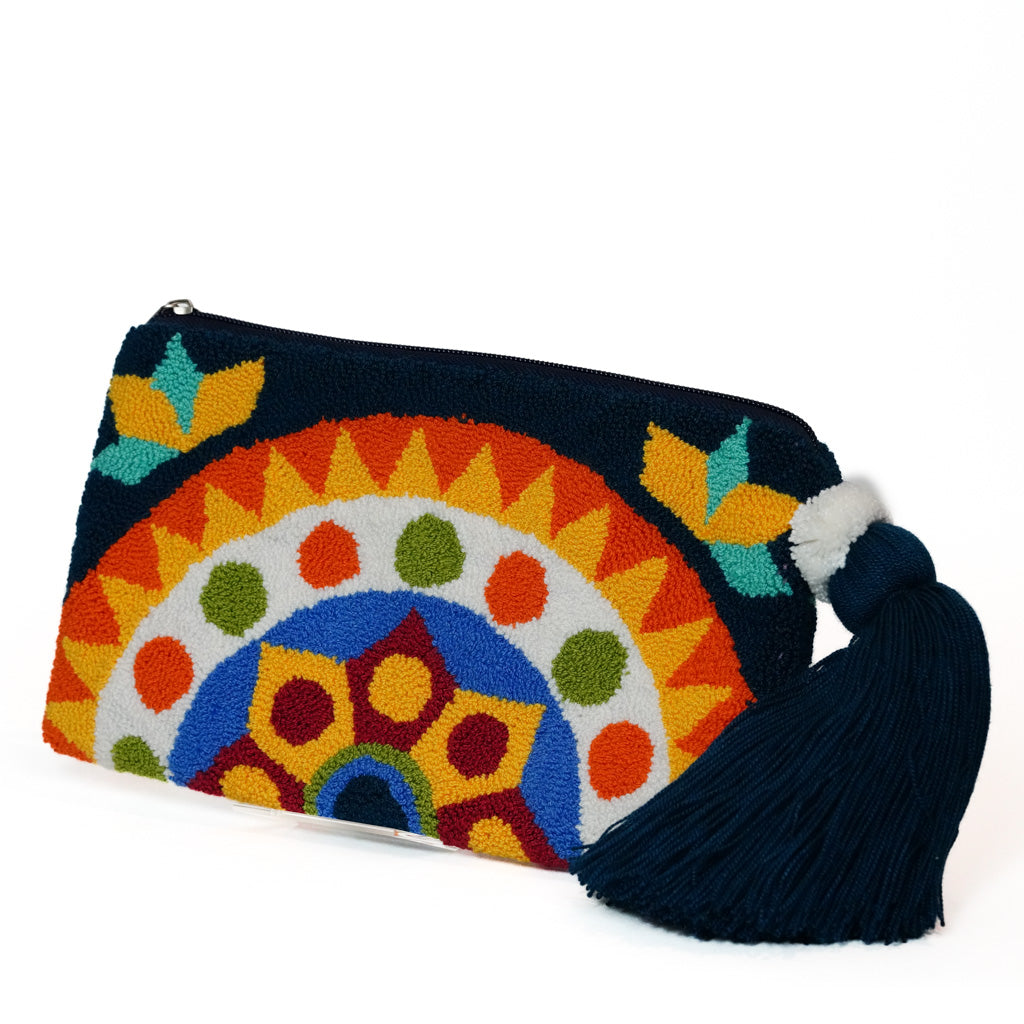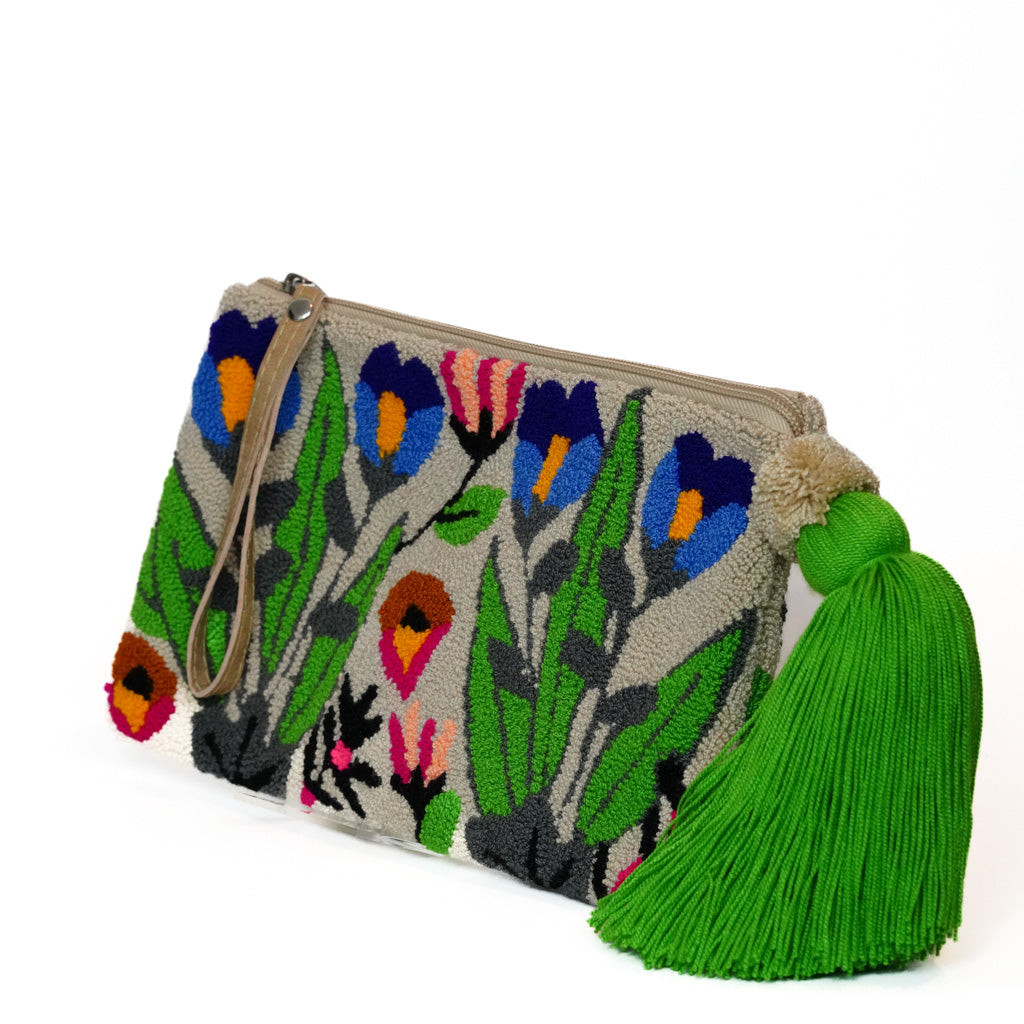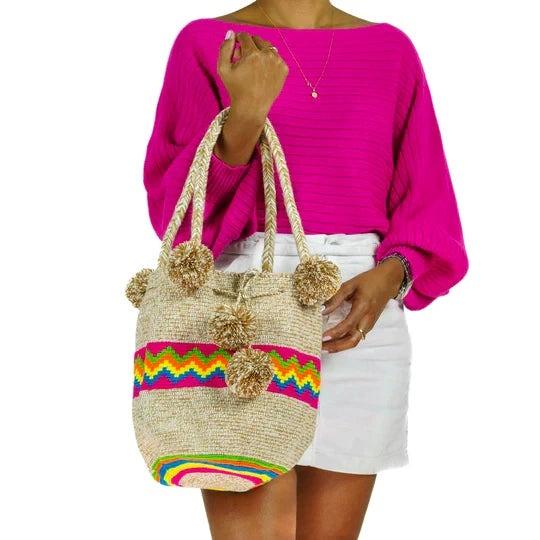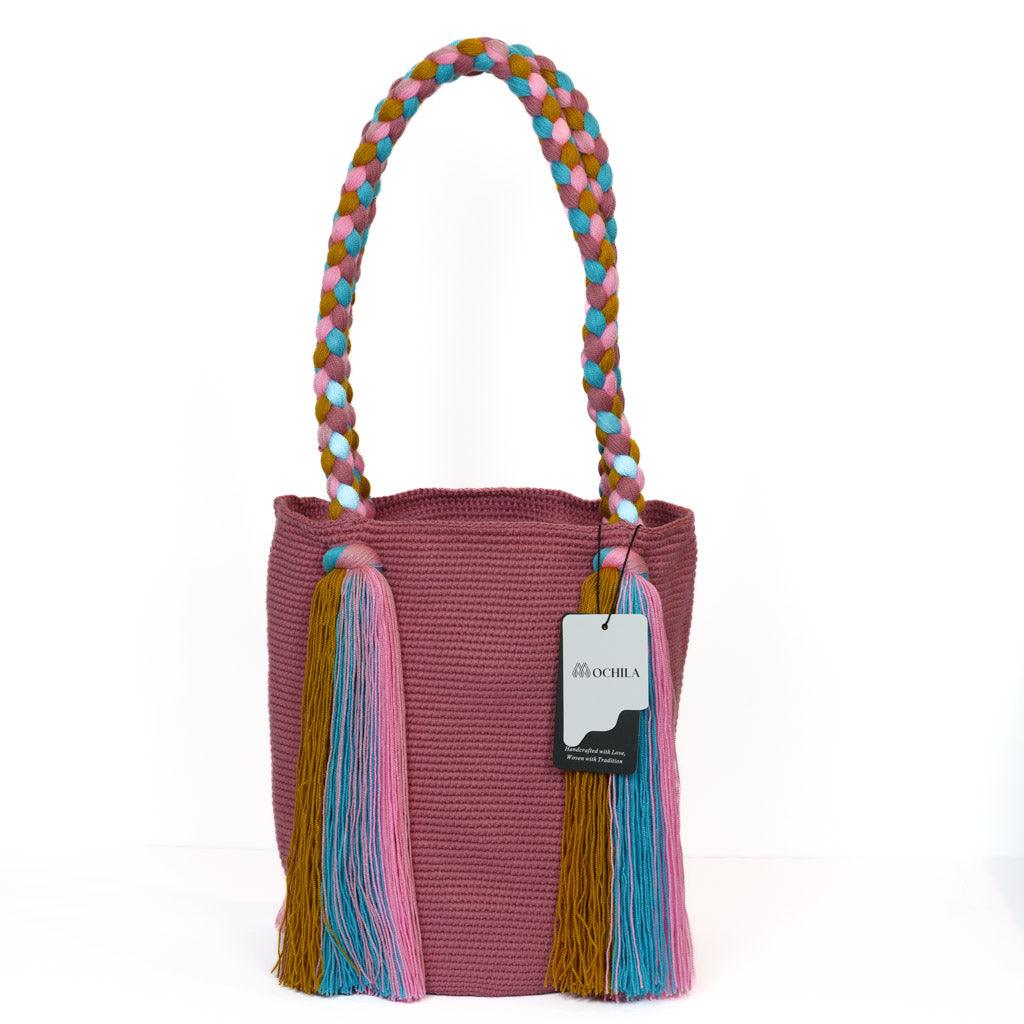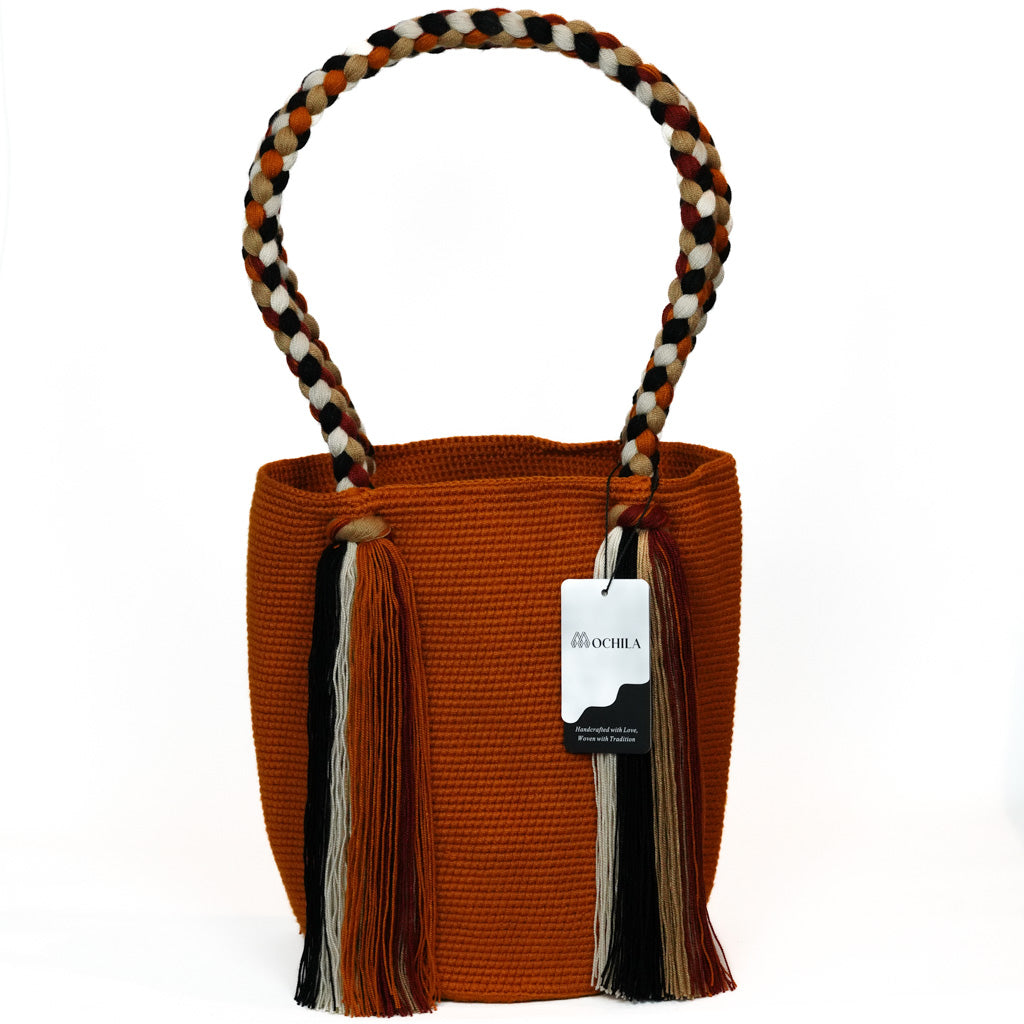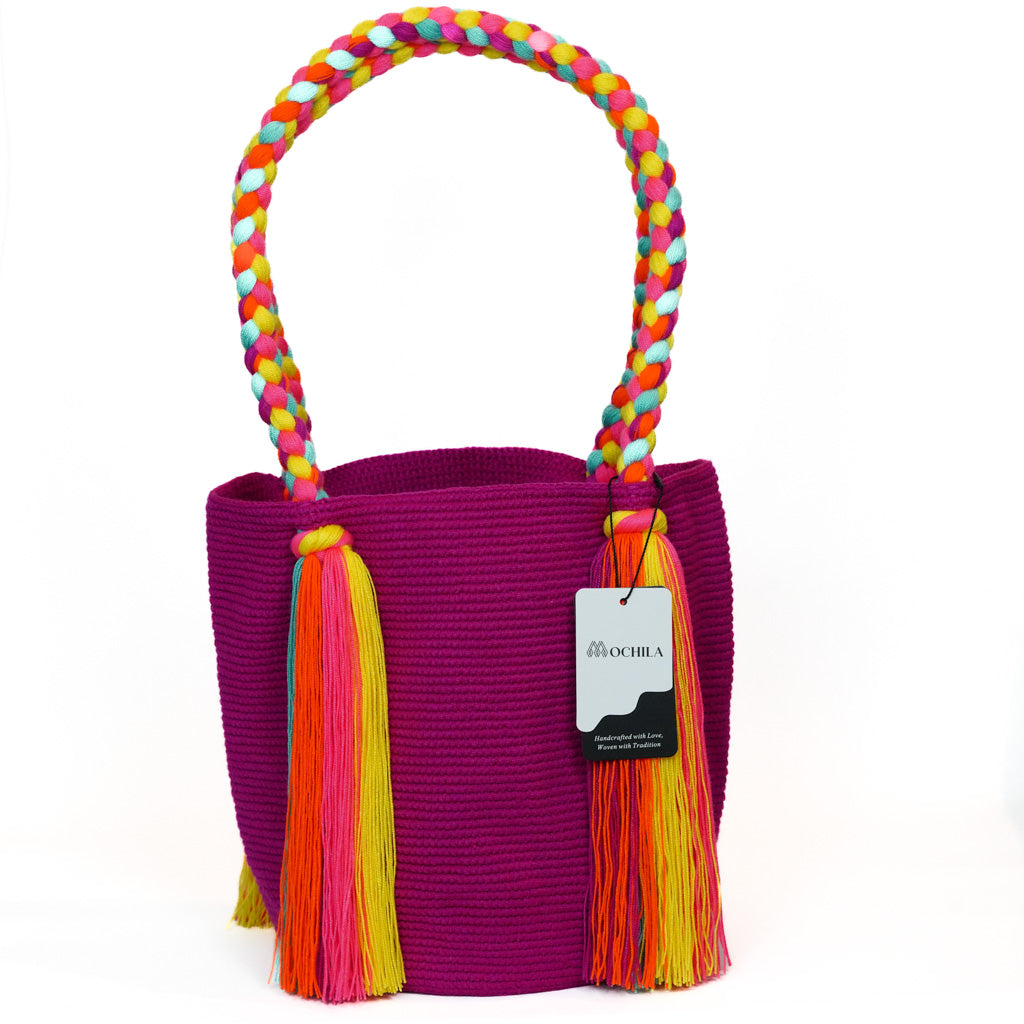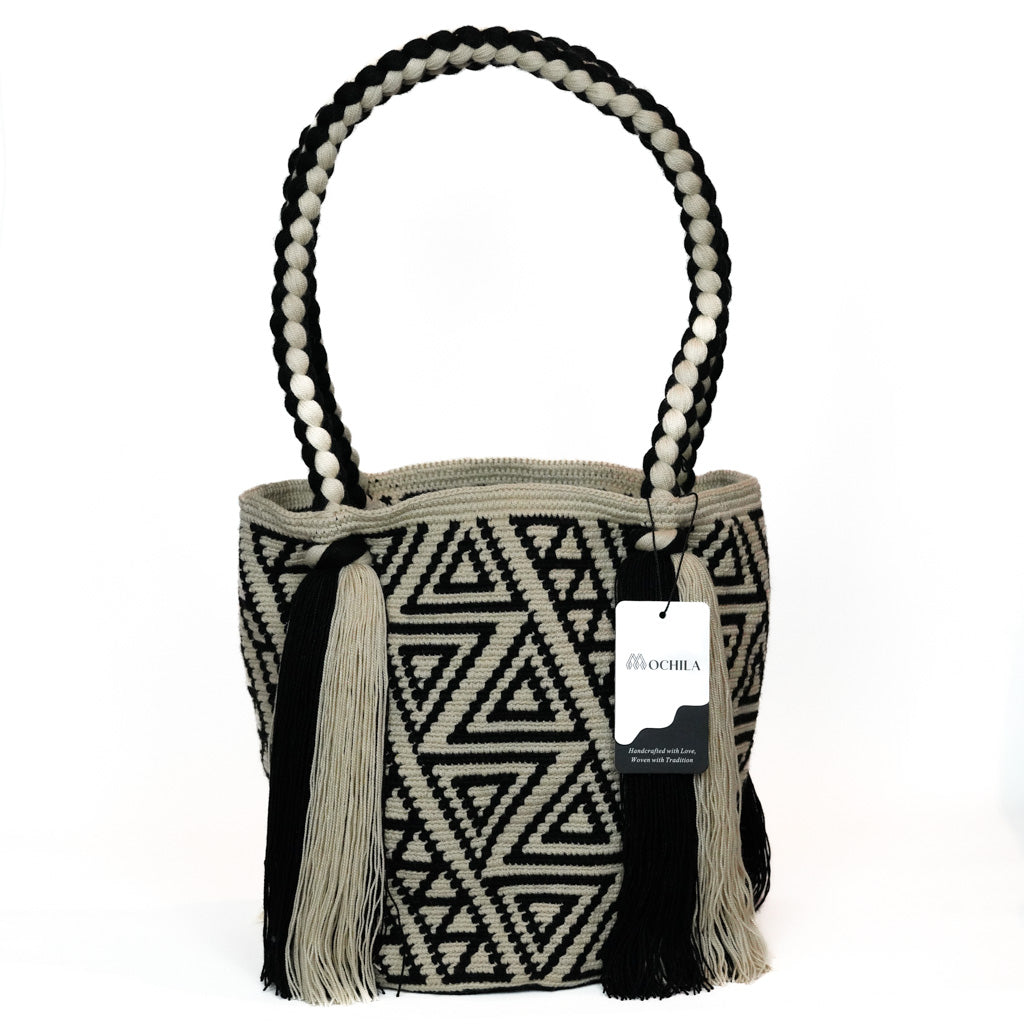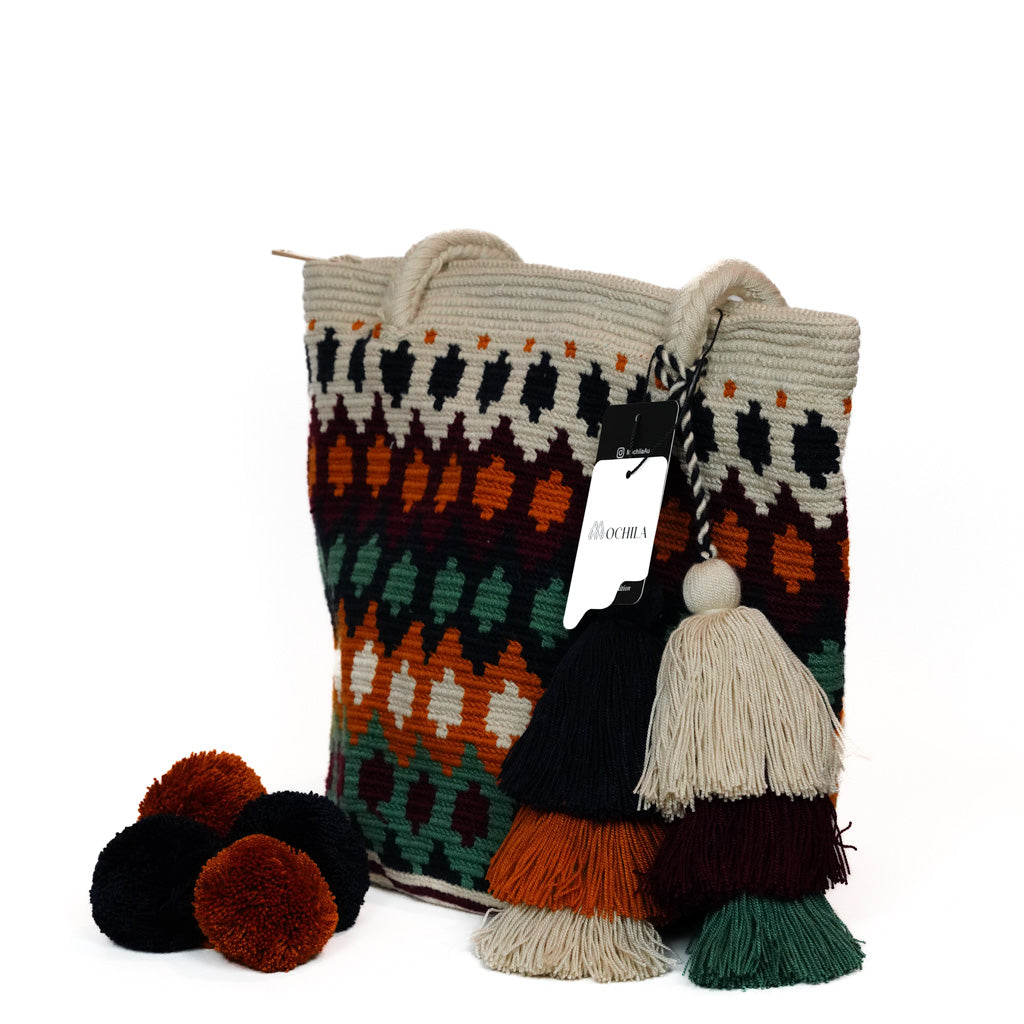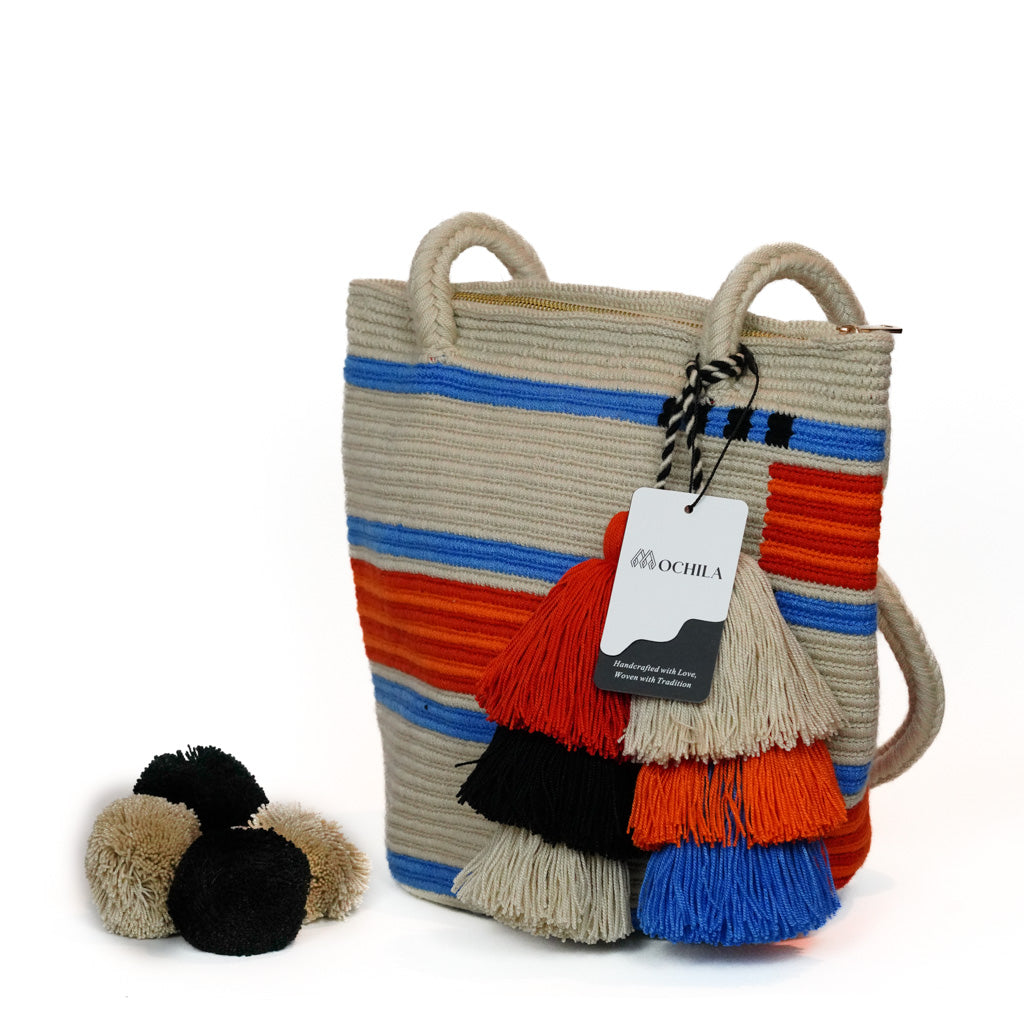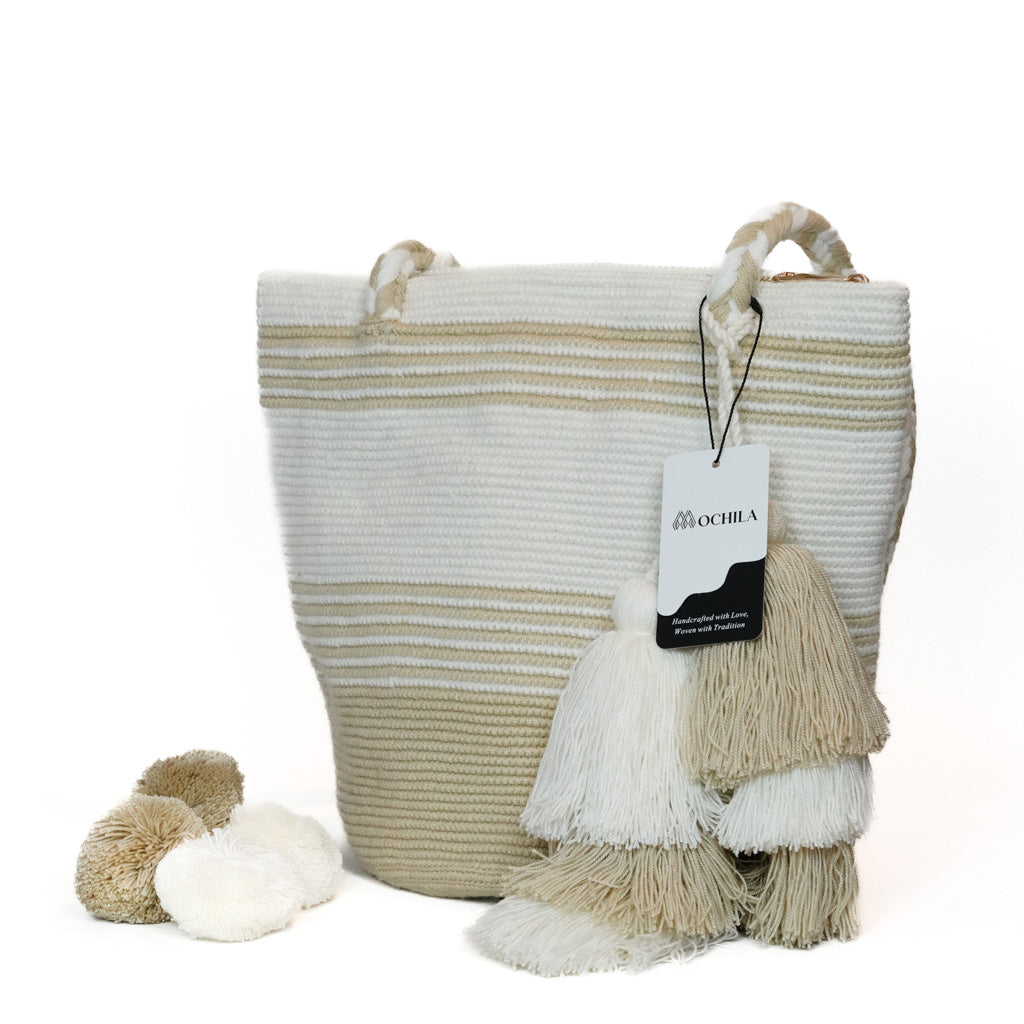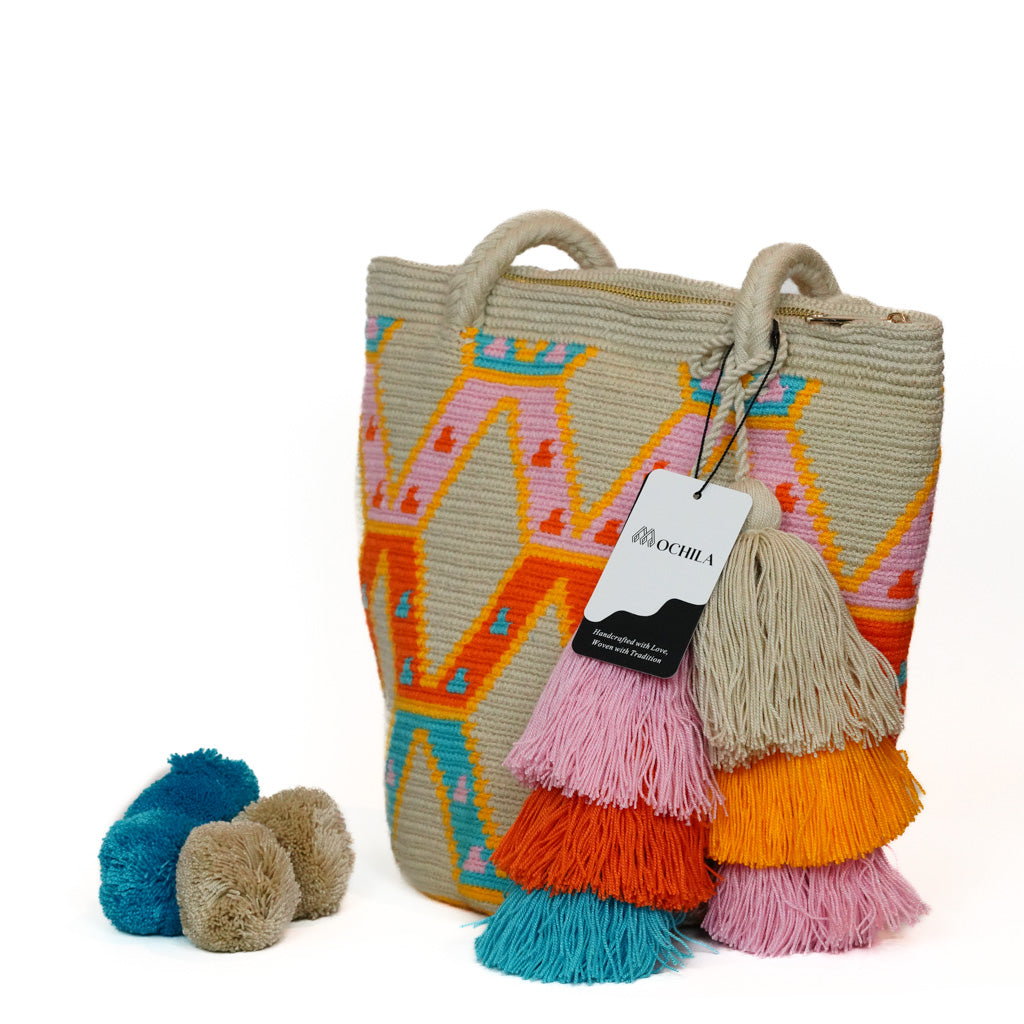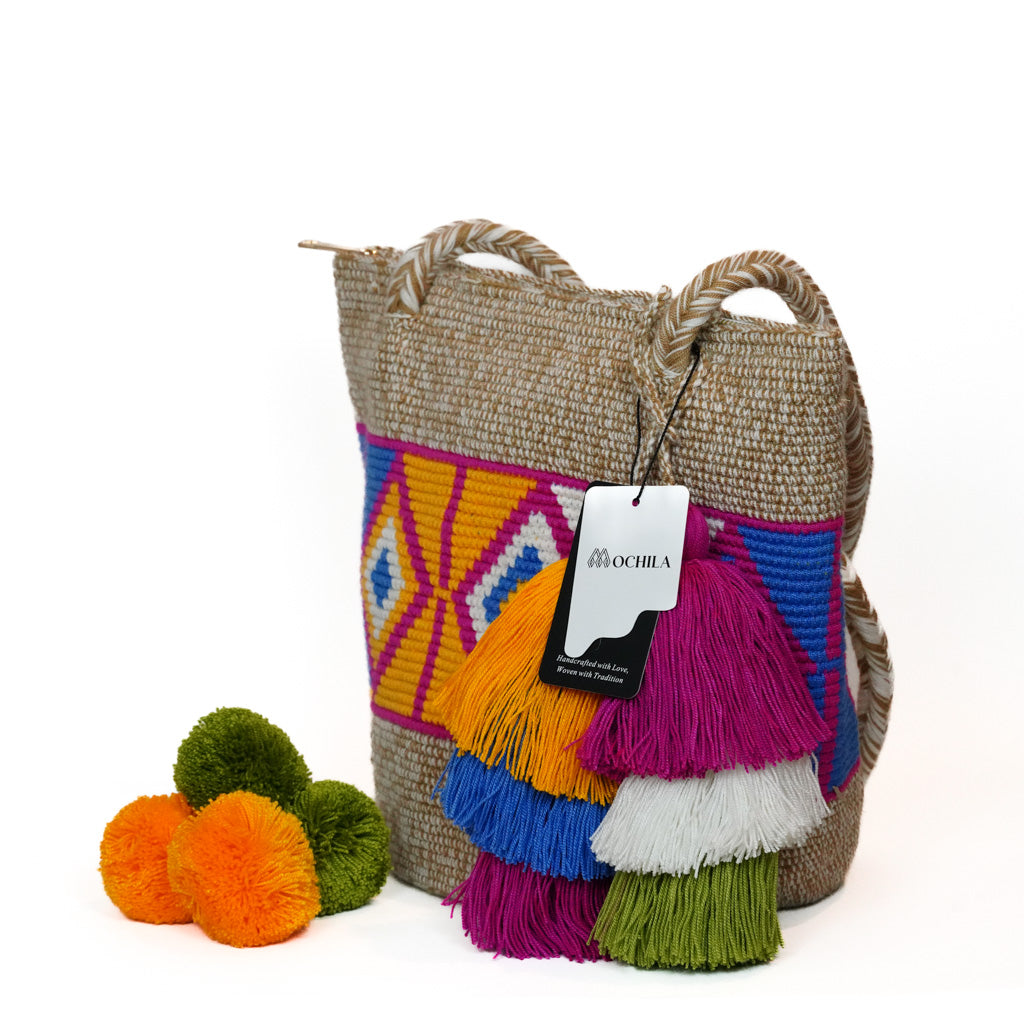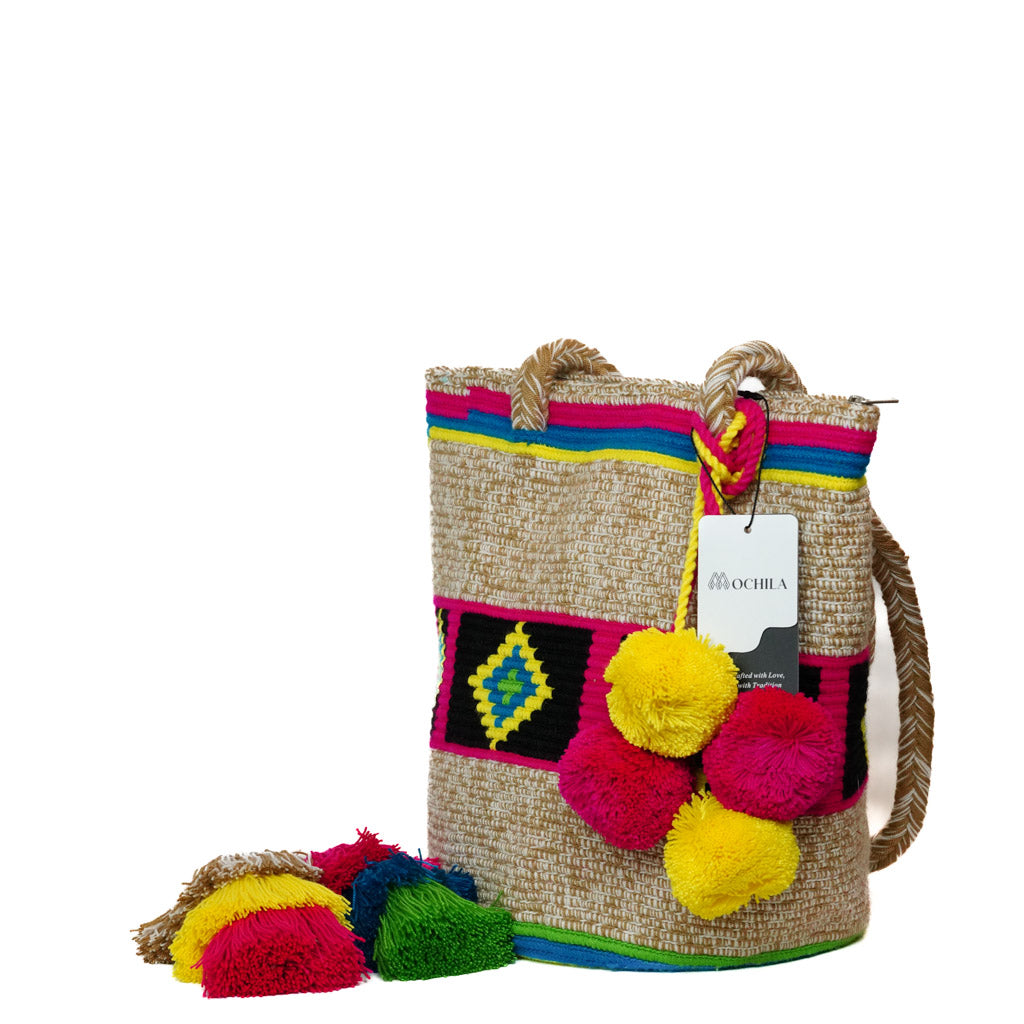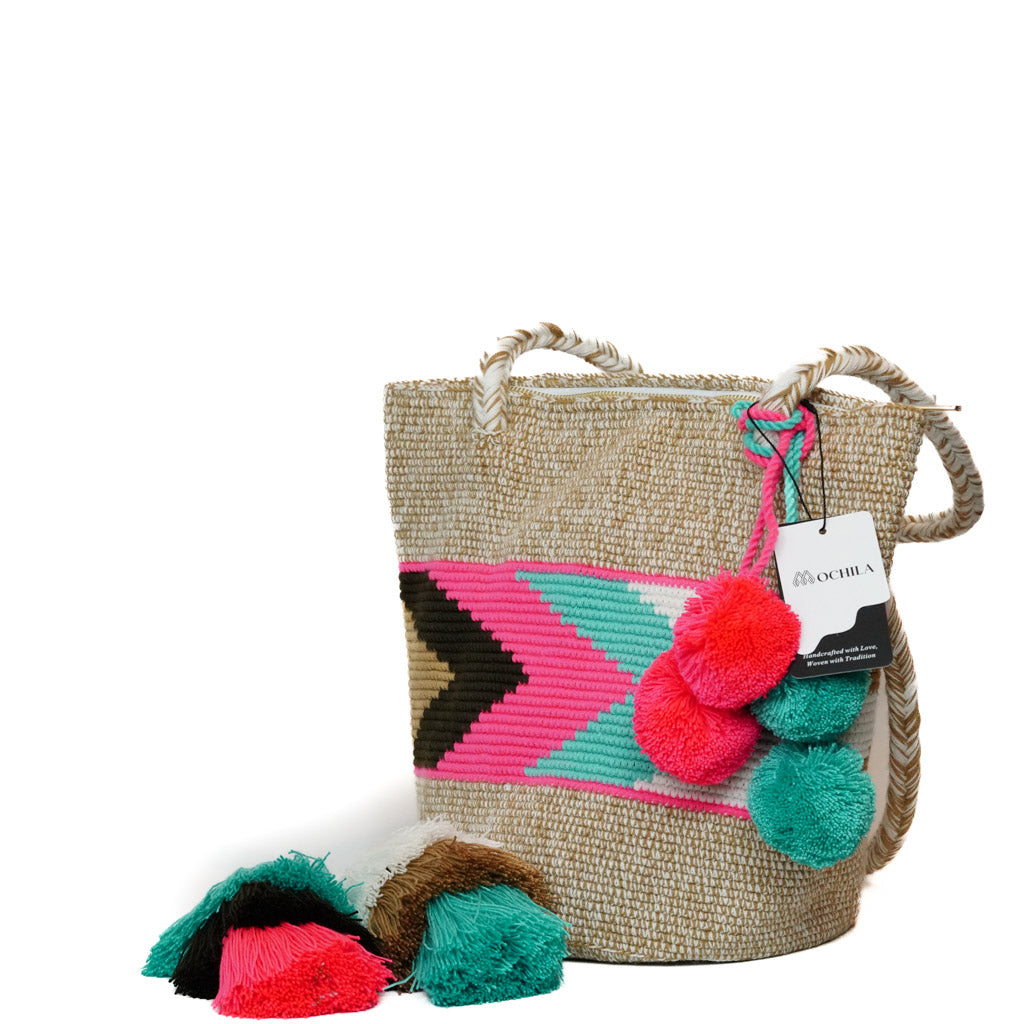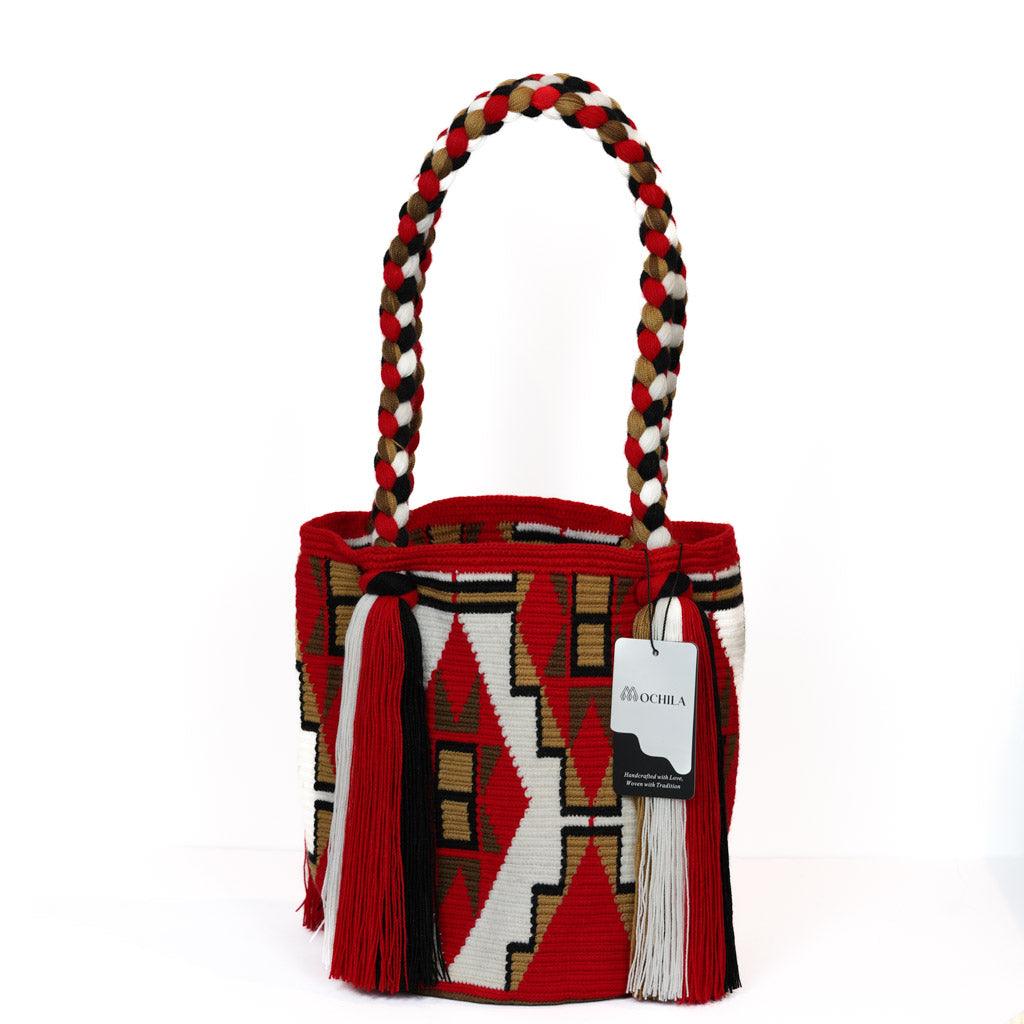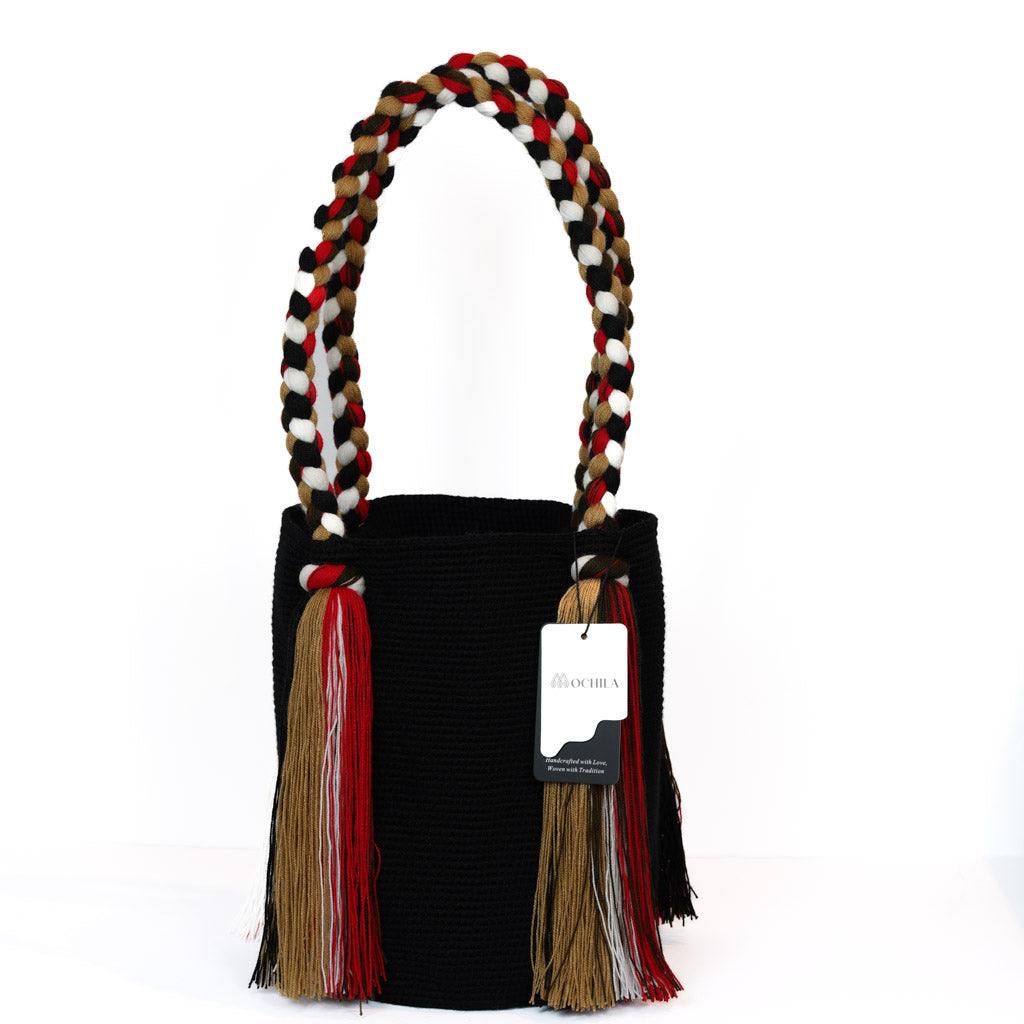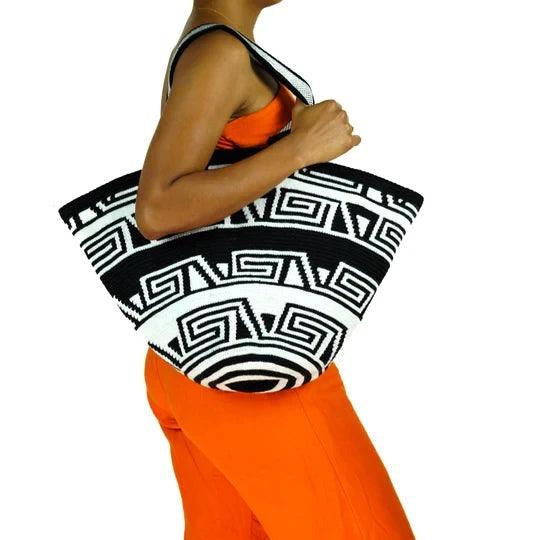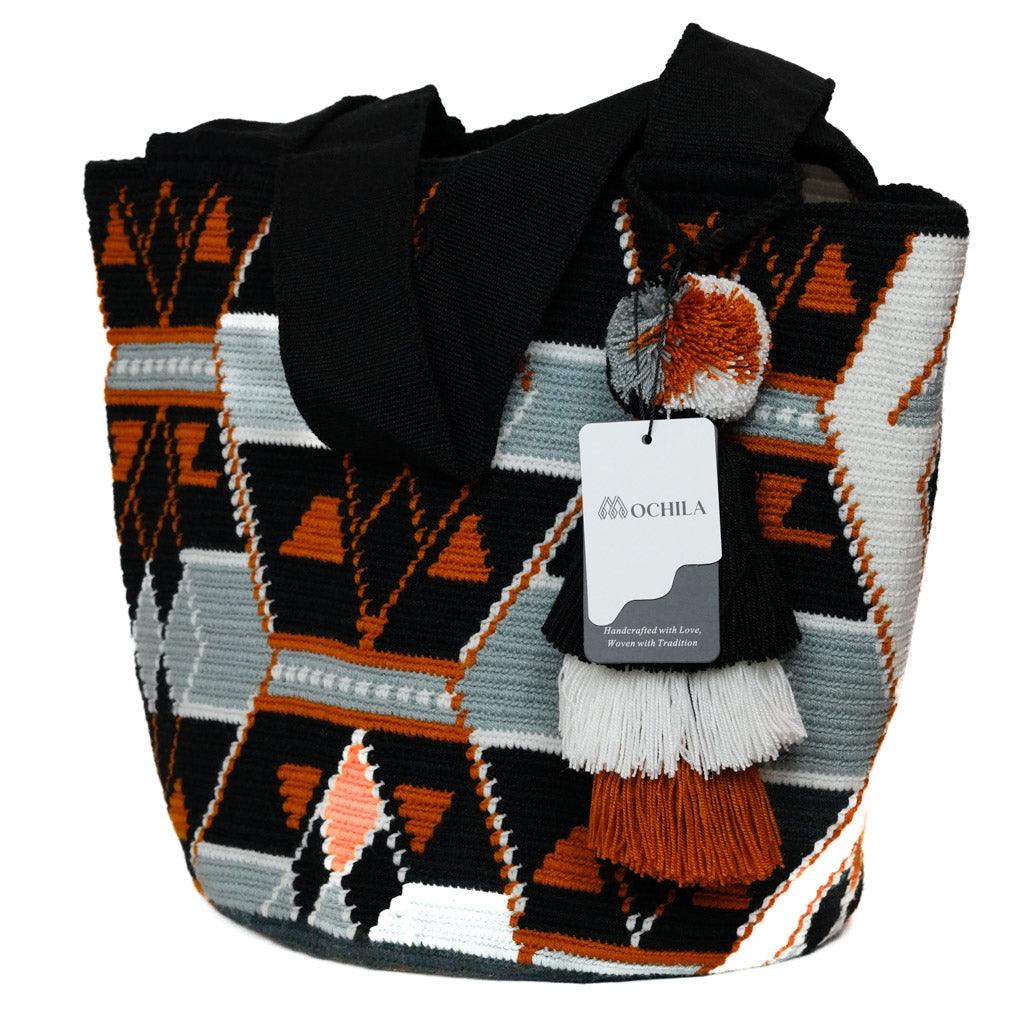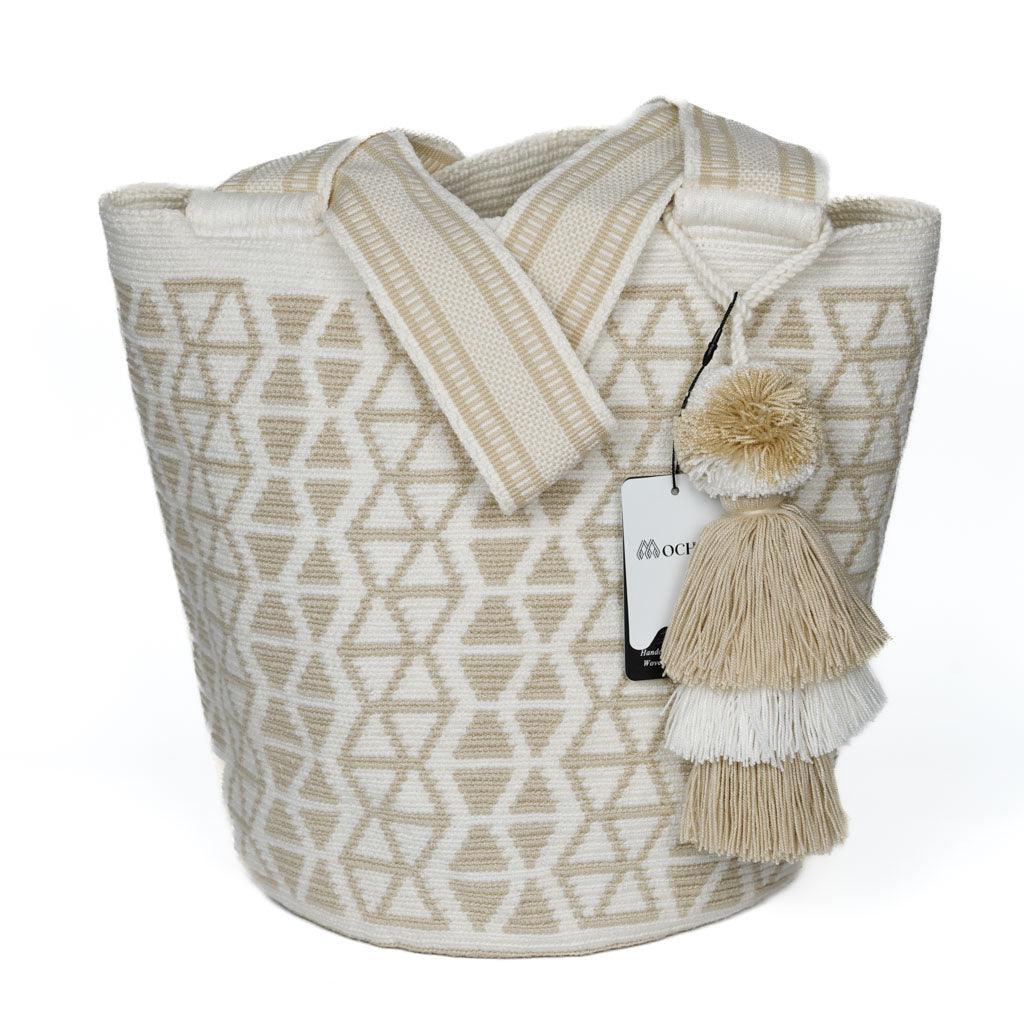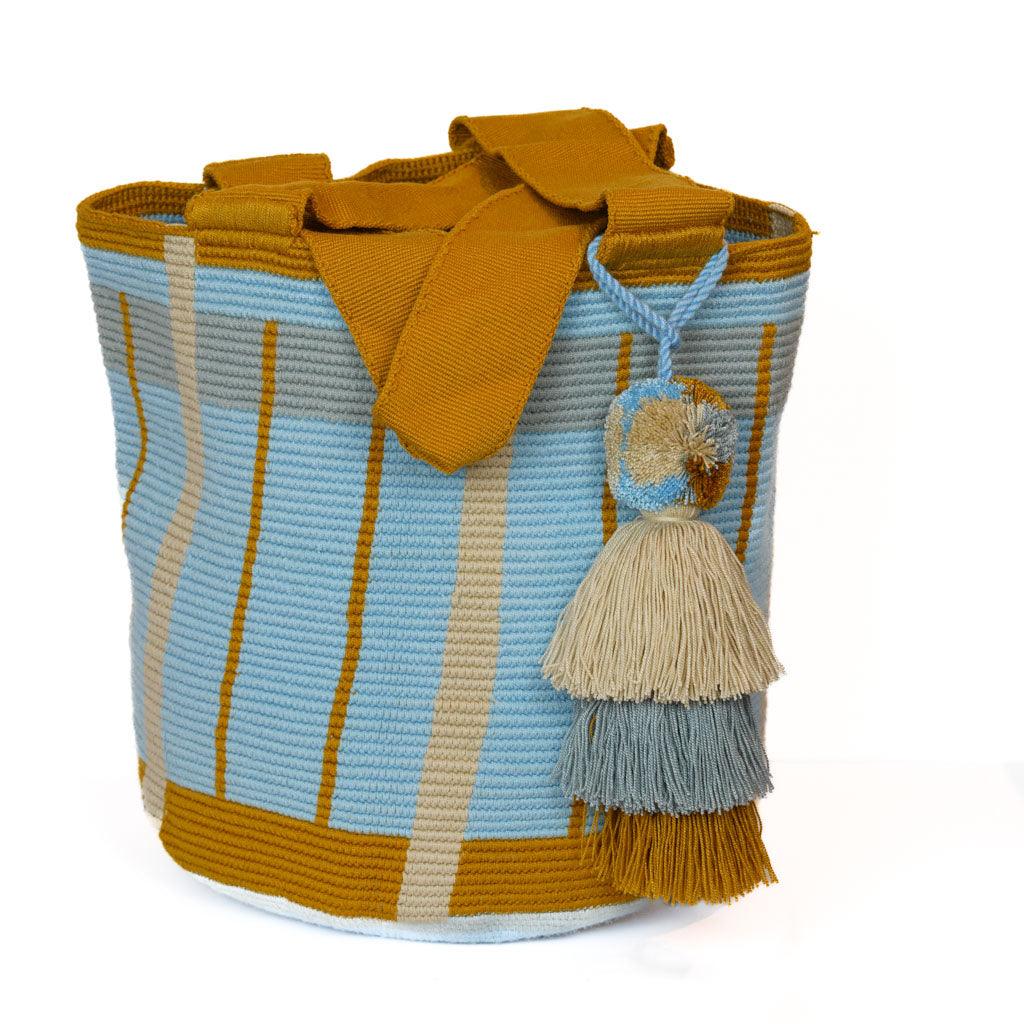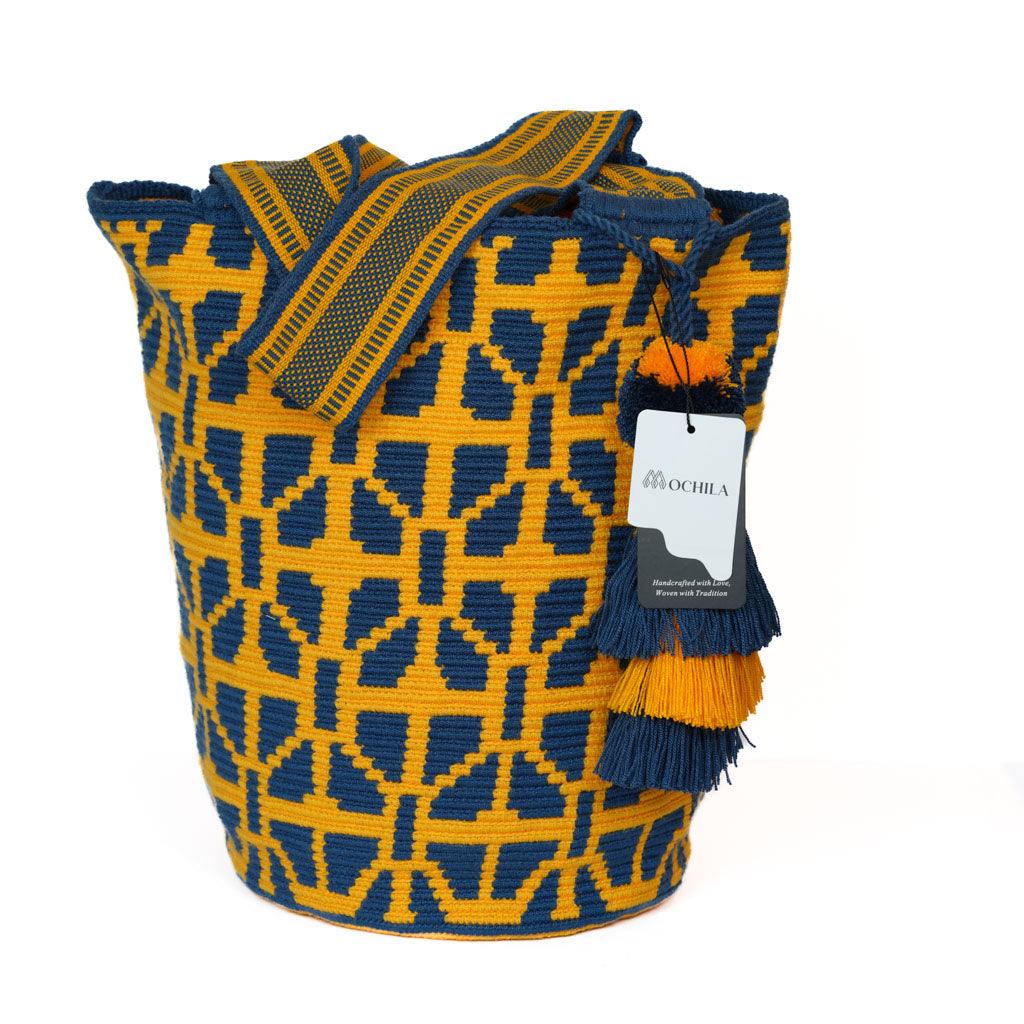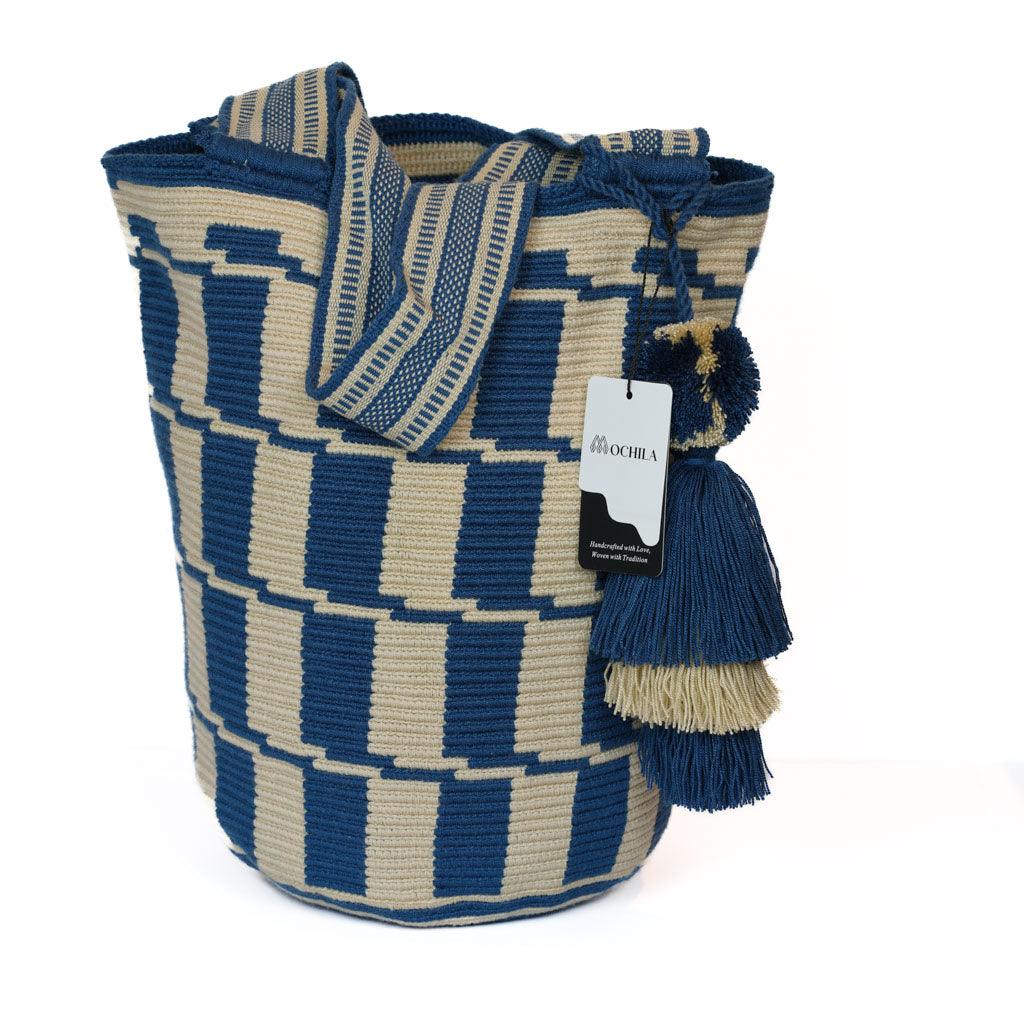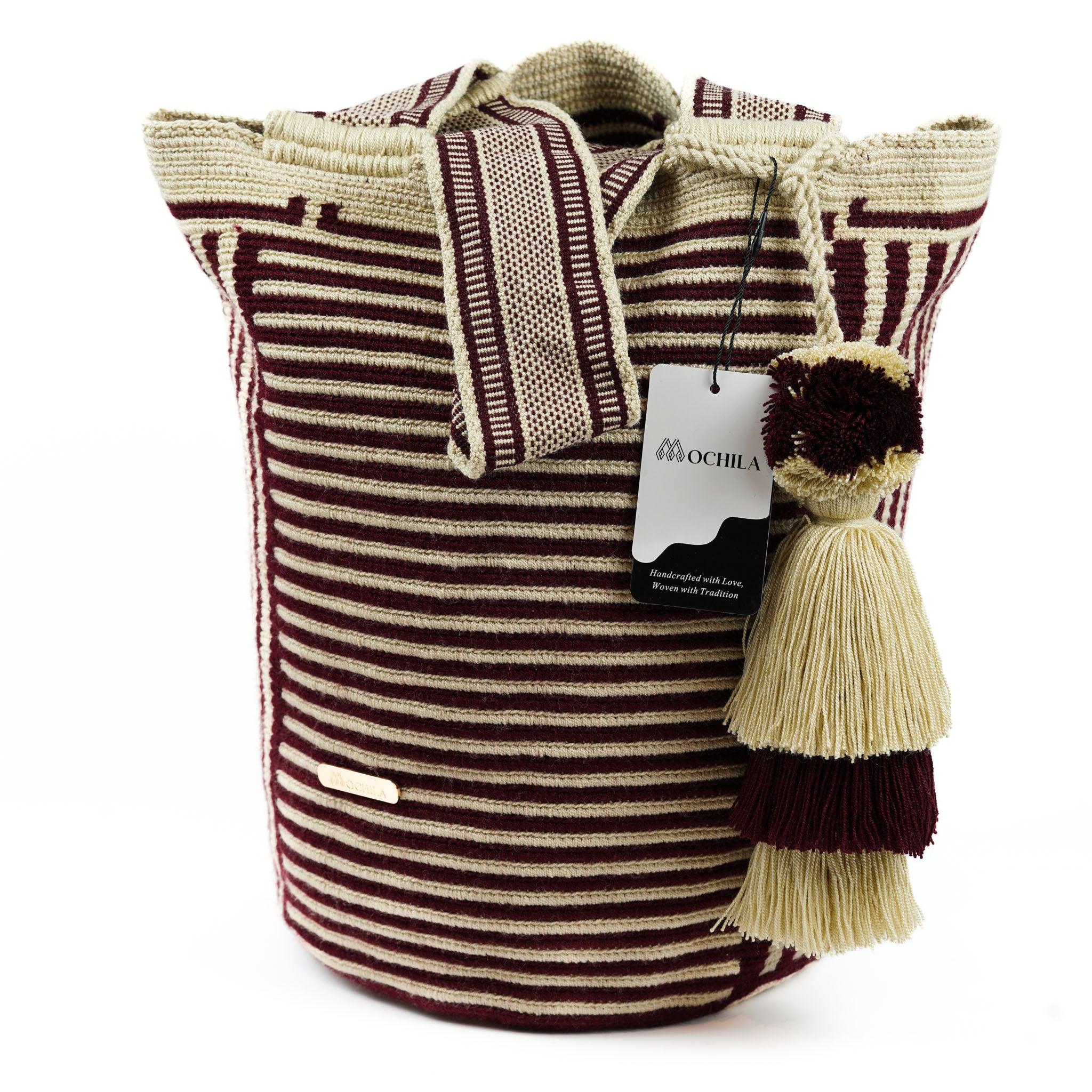The Art of Crochet
Crocheting is a creative and versatile craft that allows you to create a range of products, from scarves and blankets to bags and accessories. This section will dive into the basics of crochet and the essential tools needed to get started.
What is Crochet
Crochet is a technique of creating fabric by interlocking loops of yarn, thread, or strands of other materials using a crochet hook. The name is derived from the French term 'crochet', meaning 'small hook'. It is distinct from knitting in the sense that only one stitch is active at one time in crochet, and a crochet hook is used instead of knitting needles.
Crochet can be used to create a variety of items, including scarves, afghans, hats, and more. A key aspect to consider when learning how to crochet patterns for scarves is mastering various crochet stitches and understanding crochet patterns. If you're interested in learning more about the basics of this craft, our article on how to crochet for beginners is a good place to start.
Tools Needed for Crochet
The tools required for crocheting are fairly straightforward. Here's a list of the essentials:
Crochet Hook: This is a small tool with a hooked end used to pull thread or yarn through loops to create crochet stitches. The size of the hook depends on the thickness of the yarn and the desired tightness of the stitches. Learn more about how to determine crochet hook sizes.
Yarn: Yarn is available in a variety of types, colors, and thicknesses. The choice of yarn can greatly affect the look and feel of the final product.
Scissors: A pair of sharp scissors is necessary for cutting the yarn.
Yarn Needle: Also known as a darning or tapestry needle, a yarn needle is used for weaving in ends or sewing pieces together.
| Crochet Tools | Use |
|---|---|
| Crochet Hook | To create crochet stitches |
| Yarn | The main material used to crochet |
| Scissors | For cutting yarn |
| Yarn Needle | For weaving in ends or sewing pieces together |
Now that you understand the basics of crochet and the tools required, you're ready to embark on your crochet journey. Whether you're interested in creating cozy scarves, stylish bags, or cute amigurumi dolls, the possibilities with crochet are endless. Start with simple projects and gradually move on to more complex patterns as you gain confidence and skill. Happy crocheting!
Basics of Crocheting a Scarf
Crafting a scarf is a wonderful first project for those learning how to crochet. It allows beginners to practice basic stitches and techniques, while also delivering a useful and stylish accessory. Here, we'll delve into the fundamentals of how to crochet patterns for scarves, beginning with understanding crochet symbols and exploring an array of scarf patterns.
Understanding Crochet Patterns and Symbols
Crochet patterns are like the roadmap for your project. They guide you through each step, from the type and amount of yarn you'll need, to the specific stitches and how they should be combined.
A key part of mastering how to crochet patterns for scarves is learning to decipher crochet symbols. These are small drawings that represent different stitches. For instance, a small 'x' usually represents a single crochet stitch, while a 'T' with a cross is a double crochet stitch. A pattern will often include a key to help you understand these symbols.
It's important to read through the entire pattern before you start your project. This way, you can familiarize yourself with the sequence of stitches and identify any areas where you might need to practice or seek help. Our article on how to crochet stitches can be a helpful resource if you need a refresher on any of the stitches mentioned in your pattern.
Different Types of Scarf Patterns
When it comes to choosing a pattern, the possibilities are endless. Here are a few types of scarf patterns that you might encounter:
Basic Scarf Patterns: These patterns typically involve repeating the same stitch across each row. They're ideal for beginners who are still getting comfortable with maintaining consistent tension and stitch size.
Striped Scarf Patterns: These patterns involve changing yarn colors at certain intervals to create stripes. They offer a great opportunity to practice color changes and can result in beautifully vibrant scarves.
Lacy Scarf Patterns: These patterns utilize combinations of stitches to create open, lacy designs. They can be a bit more challenging, but they're perfect for intermediate crocheters looking to expand their skills.
Infinity Scarf Patterns: These patterns are worked in the round to create a looped scarf that can be worn in a variety of ways. They're a fun option for those looking to try something a bit different.
Each type of pattern offers its own unique set of challenges and rewards. It's worth trying a few different types to see which ones you enjoy the most. Remember, the most important thing is to have fun and enjoy the process of creating something with your own two hands. For further exploration, you can check our articles on how to crochet for beginners and other specific patterns like how to crochet patterns for blankets.
Beginner Scarf Patterns
Embarking on your crochet journey can be exciting, especially when you have easy and beautiful patterns to work with. In this section, we'll delve into two beginner-friendly patterns that will help you learn how to crochet patterns for scarves.
Simple Scarf Pattern
One of the most straightforward patterns for beginners is a simple scarf. This design entails crocheting a basic single crochet stitch across multiple rows to create a cozy and warm scarf.
Pattern:
- Create a foundation chain of the desired length of your scarf.
- Starting from the second chain from your hook, single crochet in each chain across the row.
- At the end of the row, turn your work and chain one.
- Repeat the process until you reach the desired width of your scarf.
This simple pattern is a great starting point for beginners and can be used as a base for exploring more complex stitches and patterns. Check out our article on how to crochet stitches for further details.
Striped Scarf Pattern
Another exciting yet beginner-friendly pattern is the striped scarf. By alternating between two or more colors, you can create a vibrant striped pattern that adds a pop of color to your winter outfits.
Pattern:
- Begin with a foundation chain of the desired length of your scarf using color A.
- Single crochet in each chain across the row.
- At the end of the row, switch to color B and chain one.
- Turn your work and single crochet in each stitch across the row.
- Continue alternating between colors after each row until you reach the desired width of your scarf.
This pattern not only introduces the concept of color changes but also adds a fun element to your crocheting experience. Remember to maintain even tension throughout your work for a neat and consistent finish. For more guidance on crochet techniques, visit our article on how to crochet for beginners.
By starting with these simple scarf patterns, you can gradually build up your crocheting skills and confidence. As you gain more experience, you can experiment with different stitches, designs, and projects, expanding your crochet repertoire.
Intermediate Scarf Patterns
For those looking to build upon their foundational crochet skills, intermediate scarf patterns offer a chance to explore new techniques and designs. Two popular patterns that fall under this category are the Lacy Scarf Pattern and the Infinity Scarf Pattern. These patterns require a bit more skill and understanding of crochet techniques, but they are well worth the effort for the beautiful scarves they produce.
Lacy Scarf Pattern
The lacy scarf pattern is a beautiful design that brings an element of delicacy to your crochet work. It involves a combination of stitches, including the chain stitch, single crochet stitch, and double crochet stitch, to create a lacy, openwork pattern. This scarf is perfect for transitional seasons like spring and fall when you want a touch of warmth without the heaviness of a thick scarf.
To crochet a lacy scarf, you'll need to understand how to work with multiple stitches and how to keep track of your stitch count to maintain the pattern. It's also crucial to select the right yarn for this project. A lightweight yarn is typically best for lacy designs to ensure the scarf doesn't become too heavy or bulky.
Infinity Scarf Pattern
The infinity scarf pattern, as the name suggests, results in a scarf that is looped or circular, allowing it to be worn in various ways. This pattern is a step up from the beginner level as it involves joining the ends of the scarf together to form a loop and working in rounds.
To crochet an infinity scarf, you'll need to know how to join your work in the round, which involves a slip stitch. Furthermore, the pattern often involves a repeating sequence of stitches, so it's essential to understand these sequences and where each round begins and ends.
For both the lacy scarf and infinity scarf patterns, patience and practice are key. The more you work with these patterns, the more familiar you'll become with the techniques involved, and the easier they'll be to execute.
It's also worth noting that while these patterns are classified as intermediate, they are not beyond the reach of beginners looking to challenge themselves. So if you're looking to expand your crochet repertoire or learn how to crochet patterns for scarves, these patterns could be an excellent next step.
For additional help with these patterns, refer to our articles on how to crochet and how to crochet stitches. These articles provide a comprehensive guide to the basics of crochet, along with detailed explanations and visual aids to help you master various stitches.
Exploring Different Stitches
Crafting crochet patterns for scarves involves mastering a variety of stitches. Each stitch creates a unique texture and pattern, adding depth and interest to your project. In this section, we will cover three fundamental stitches: the single crochet stitch, the double crochet stitch, and the shell stitch.
Single Crochet Stitch
The single crochet stitch is the most basic and frequently used stitch in crochet. It creates a tight, dense fabric that's ideal for scarves that need to provide warmth. Here’s how to do it:
- Create a slipknot on your hook.
- Chain a row of stitches.
- Insert your hook into the second chain from the hook.
- Yarn over and pull through. You should now have two loops on your hook.
- Yarn over again and pull through both loops. You've now completed one single crochet stitch.
For a more in-depth tutorial, refer to our post on how to crochet stitches.
Double Crochet Stitch
The double crochet stitch creates a slightly looser fabric than the single crochet stitch. It's a versatile stitch that adds a nice, open texture to your scarf.
- After chaining a row of stitches, yarn over and insert your hook into the third chain from the hook.
- Yarn over and pull through. You should now have three loops on your hook.
- Yarn over and pull through the first two loops. Two loops remain on the hook.
- Yarn over again and pull through the remaining two loops. You've now completed one double crochet stitch.
Shell Stitch
The shell stitch is a decorative stitch that adds a beautiful, lacy texture to your scarf. It's a fantastic stitch for lighter, decorative scarves or for adding detailed borders to your projects.
- After chaining a row of stitches, skip two chains and do five double crochet stitches into the same stitch.
- Skip two chains and single crochet into the next chain.
- Skip two chains and do five double crochet stitches into the same stitch.
- Repeat this pattern across your row.
The shell stitch creates a series of 'shells' or 'fans' across the fabric, adding texture and visual interest to your project.
By mastering these stitches, you can create a wide range of patterns for scarves, enhancing your crochet skills and allowing for creative expression. For more information about different stitches and how to use them in various projects, check out our comprehensive guide on how to crochet.
Tips for Successful Crochet Projects
When it comes to mastering how to crochet patterns for scarves, several key elements can greatly enhance the final result. These include selecting the right yarn, maintaining even tension throughout your work, and blocking your scarf for a professional finish.
Selecting the Right Yarn
Choosing the right yarn is crucial for the success of any crochet project. Yarn comes in a variety of weights, textures, and colors, each suitable for different types of projects. For scarves, consider the final look and feel you desire.
- Lightweight yarns like lace or fingering are ideal for delicate, lacy scarves.
- Medium-weight yarns like worsted or aran are versatile and work well for a wide range of scarf styles.
- Heavy-weight yarns like chunky or super bulky create warm, cozy scarves perfect for cold weather.
Consider the fiber content as well. Wool is warm and elastic, cotton is soft and washable, and acrylic is durable and affordable. A blend of fibers can also offer a balance of these characteristics.
Maintaining Even Tension
Maintaining even tension is key to creating consistent stitches and a uniform fabric. Tension refers to how tightly or loosely you hold the yarn while crocheting. Too loose, and your stitches may appear sloppy and inconsistent. Too tight, and your work may curl or buckle.
Practicing your stitches can help you develop a consistent tension. Be patient with yourself, as it may take some time to find a tension that feels comfortable and produces the desired results. For more guidance on this, refer to how to crochet stitches.
Blocking Your Scarf for a Professional Finish
Blocking is the final step in creating a polished, professional-looking scarf. This process involves wetting your finished scarf, gently reshaping it to the desired dimensions, and allowing it to dry. Blocking evens out your stitches, straightens your edges, and can even enhance the drape of your scarf.
To block your scarf, you'll need a flat surface (like a blocking mat or spare bed), rust-proof pins, and water. Lay your damp scarf on the surface, shape it to the correct dimensions, and secure it in place with the pins. Allow it to dry completely before removing the pins.
Remember, the key to any successful crochet project is practice and patience. Don't be discouraged if your first few attempts don't turn out perfectly. With time and persistence, you'll be crafting beautiful scarves in no time. For more tips and tutorials, be sure to explore our articles on how to crochet for beginners.

